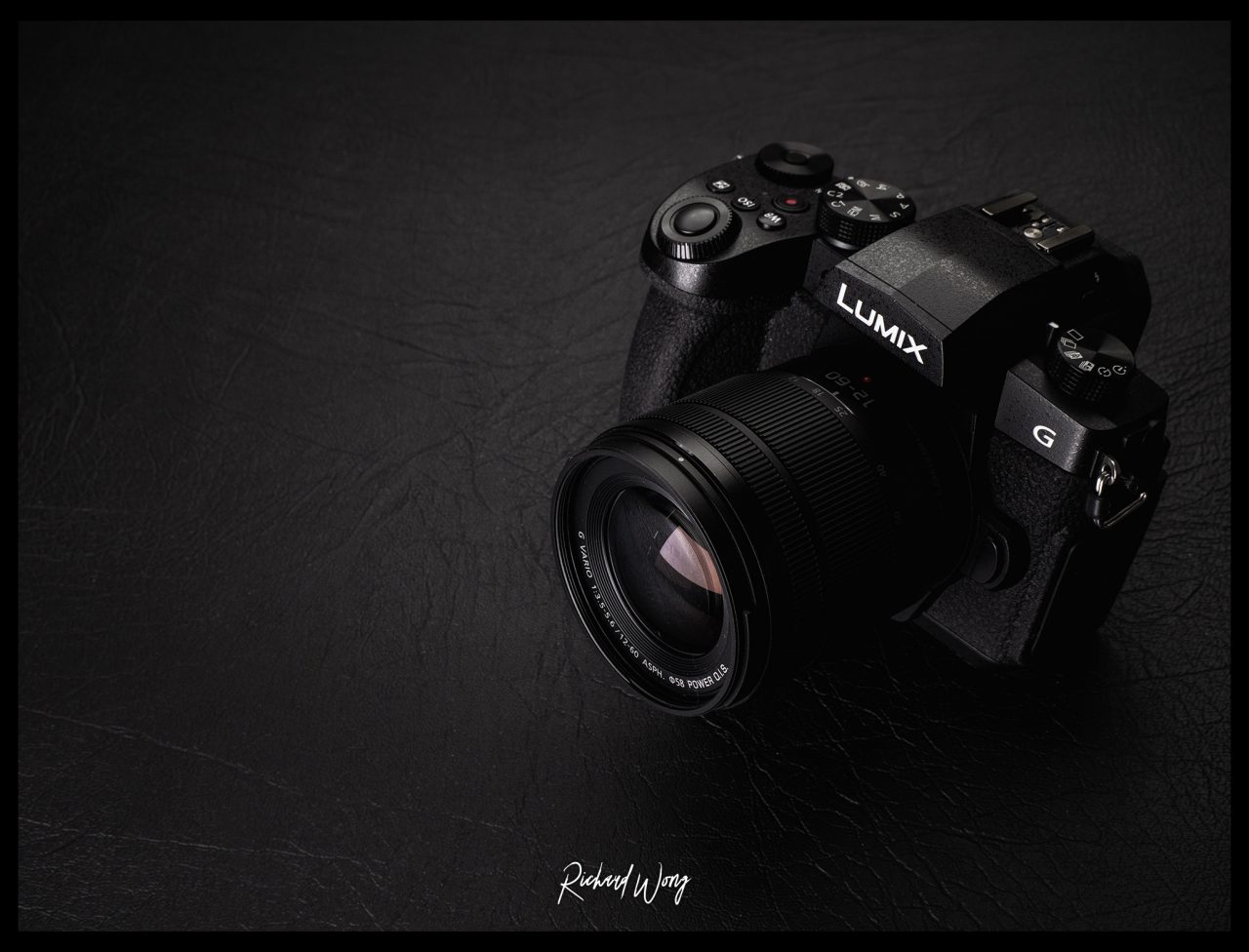
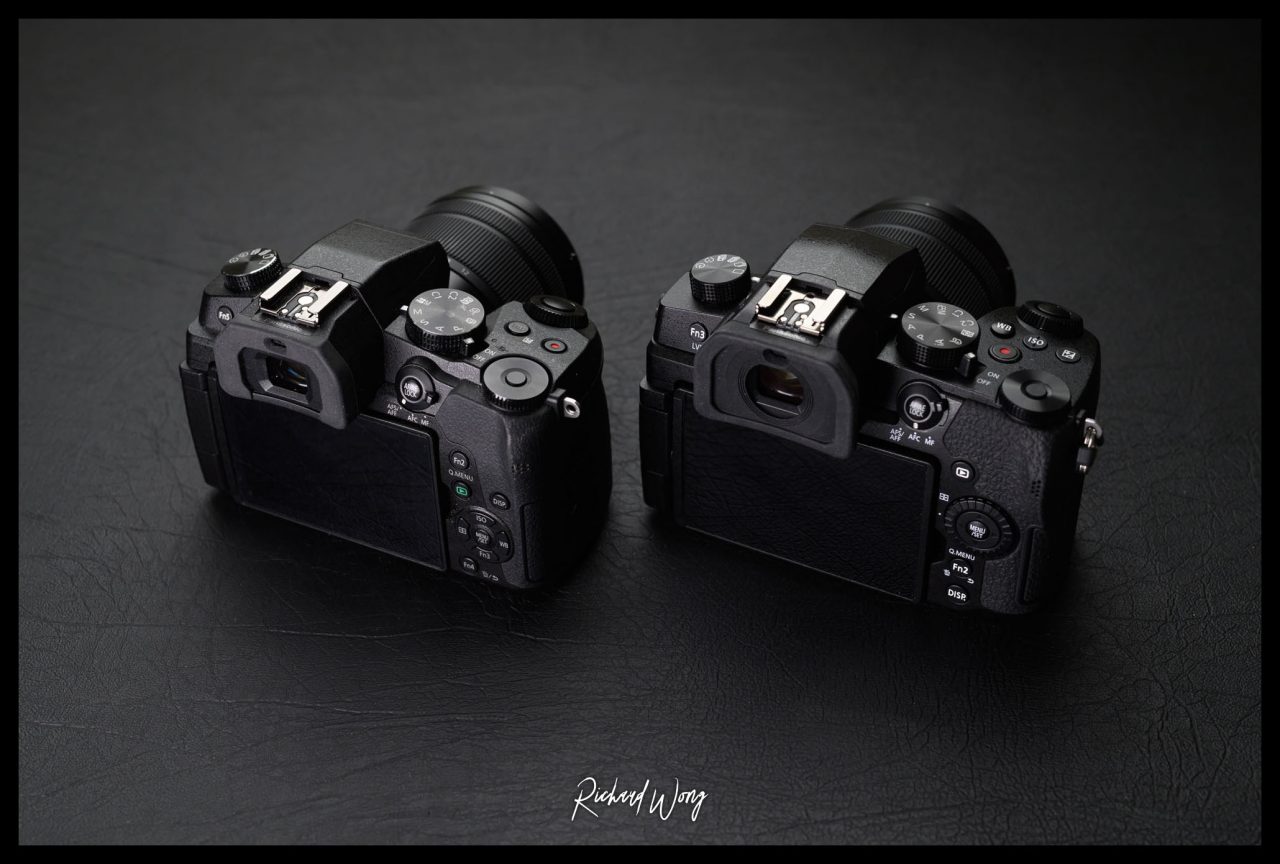
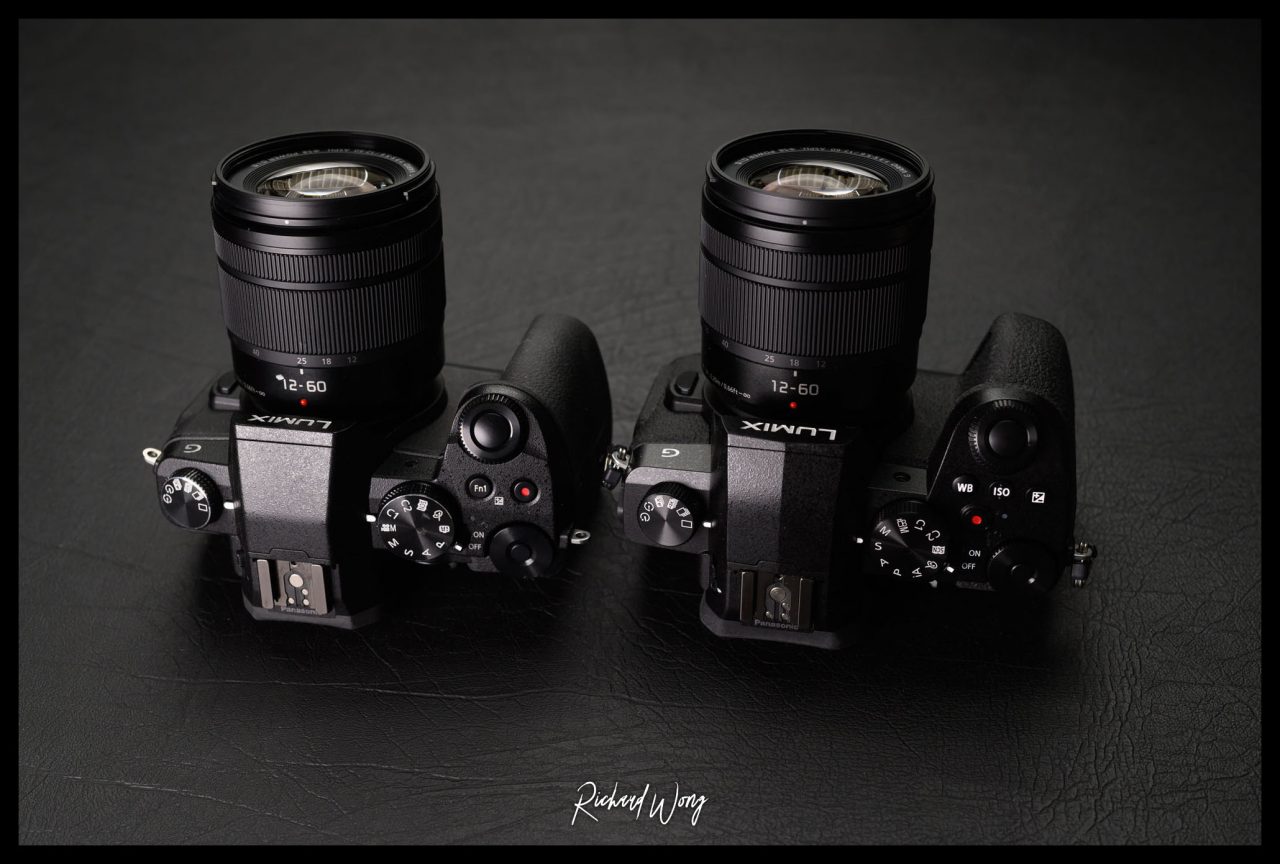
Specifications
| Model | Panasonic Lumix G90 / G91 / G95 |
| Lens Mount | Micro Four Thirds |
| Image Sensor | 20MP Micro Four Thirds Sensor |
| Autofocus System | Contrast AF (DFD) |
| AF Mode | Face/Eye Detection, Tracking, 49 Area focusing, Custom Multi, 1-area-focusing, Pinpoint. Touch focus supported |
| Metering | 1728 zone multi pattern, Centre Weighted, Spot |
| Metering Range | EV 0 to EV 18 |
| ISO Sensitivity | 200-25600 |
| Viewfinder | Electronic Viewfinder, OLED 2.36 Million Dots, 100%, 0.74x |
| Monitor | 3″ TFT LCD 1.04 Million dots, Touch Enabled |
| Image Stabiliser | 5-axis sensor image stabiliser, Dual I.S. 2 . 5 Stops Effective |
| Shutter Speed | 1/4000s to 60s, Bulb (mechanical shutter) 1/2000s to 60s, Bulb (mechanical shutter with electronic front curtain) 1/16000s to 60s, Bulb (electronic shutter) |
| Maximum Burst Speed | 9fps (AFS) 6fps (AFC) |
| Buffer Size | 45 Frames+ (RAW) 300 Frames+ (JPG) |
| Flash | Built-in Pop up flash |
| Video | 4K up to 30P (up to 100Mbps) Full HD up to 60P (up to 28Mbps) |
| Slow Motion Video | Full HD up to 120fps (20Mbps , no autofocus, no audio) |
| Ports | 3.5mm headphone, 3.5mm microphone, micro HDMI, USB 2 micro-USB, |
| USB Power | Yes, Charging and Powering |
| Card Slot | Single, SD/SDHC/SDXC |
| Connectivity | Wifi, Bluetooth |
| Battery | DMW-BLC12PP |
| Dimensions | 130.4mm (W) x 93.5mm (H) x 77.4mm (D) (5.14″ x 3.69″ x 3.05″) |
| Weight | 484g (body only) / 536g (with battery and memory card) |
Note: This review is based on a pre-production Panasonic Lumix G95 running pre-producition firmware.
Body Design / Build Quality
The Panasonic Lumix G95 (aka G90 or G91 in some countries) is the successor to the G85 (aka G80 or G81). The body design largely follows the G85. It’s has a mid range, mid size DSLR style body with metal alloy body inside. The camera is weather sealed just like the G85 and the two kit lenses (12-60mm f/3.5-5.6 or 14-140mm II ) that are bundled (separately) with the G95 are also weather sealed. So it means you could enjoy using the camera even under bad weather.
The button layout is very similar to the G85, but with a few changes. The most noticeable difference is that there are now three buttons at the top of the camera near the grip area. They are the WB, ISO and Exposure Compensation buttons, pretty much just like the G9. This is great for photographers or videographers who want to shoot photos with manual controls of the exposure settings. The grip is also slightly beefier than the G85 and provides a more comfortable and better support.
The EVF and LCD screen is the same as the one on the G85. Decent but not as good as the class leading EVF on the G9.
The camera only has a single SD card slot. So for people who want to back to two cards, they need to go for the bigger G9 or GH5.
On the left of the camera you can find all the input/output ports, the mic port which is now moved to the top which makes it easier for user to rotate the LCD screen without being blocked by the mic jack. You have the micro USB port which can also be used to charge or power the camera. There is a micro HDMI port and also the new 3.5mm headphone jack, something not usually found on a camera at this price range.
Overall, I love the body design and build quality of the G95. It is very similar to the G85 in a lot of way, but the few changes make it better than it’s predecessor.
Image Quality
With the new 20MP image sensor and no low pass filter, the G95 is able to capture more details than the G85. While the 16MP in my opinion is still plenty of resolution for most usage, if you like to crop your photo a bit (or a lot), then the increased resolution would benefit quite a bit.
Panasonic has also updated the image processing and the colour science should be the same as the G9 which looks very nice. There is also the new L Monochrome-D and grain effect for black and white JPG shooter.
In terms of high ISO performance, you can check out the results below. I feel overall it is very similar to the G85. So no improvement in high ISO but also no degradation caused by the increased resolution as well
The following are JPG shot on Panasonic Lumix G95.
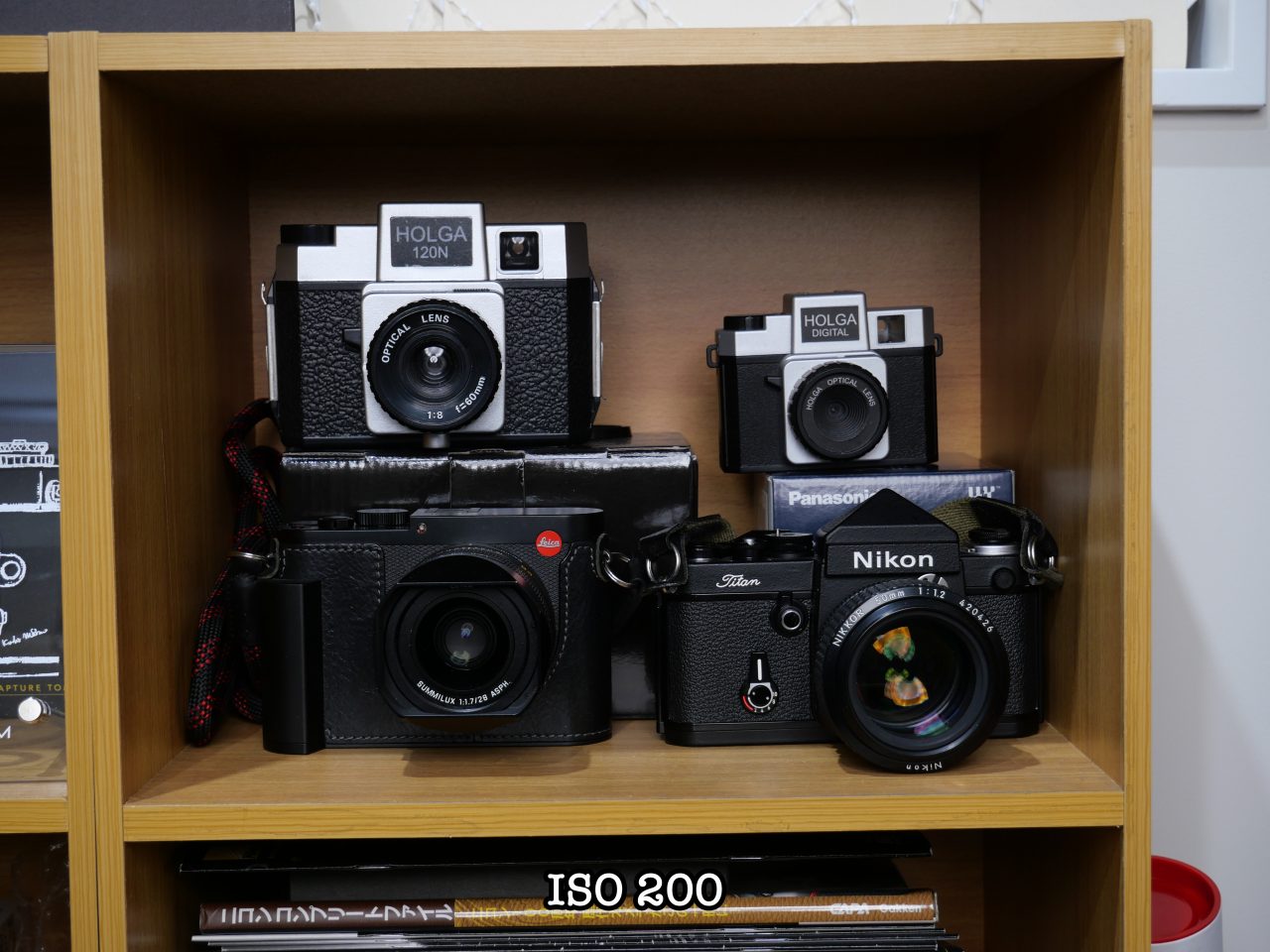
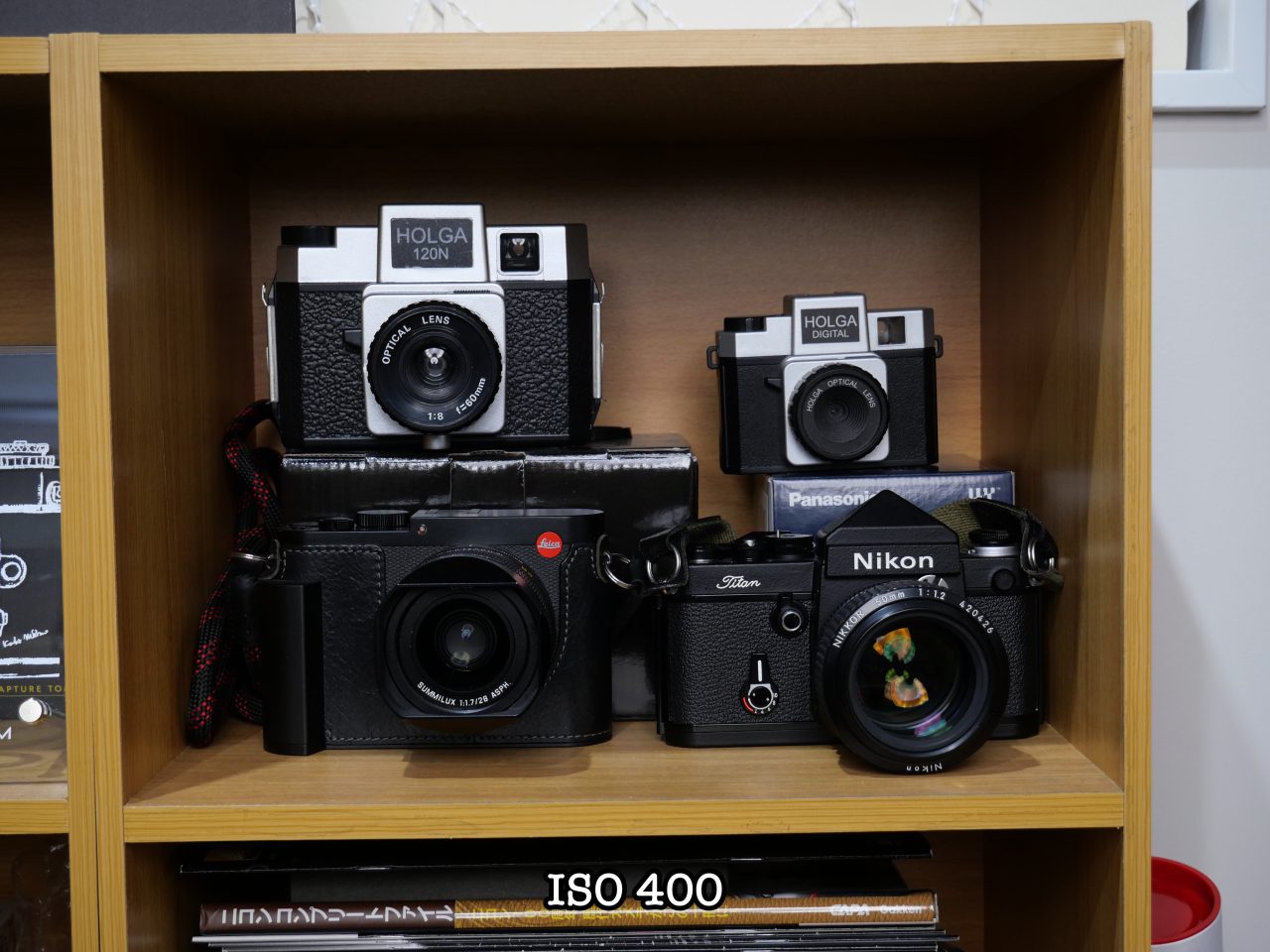

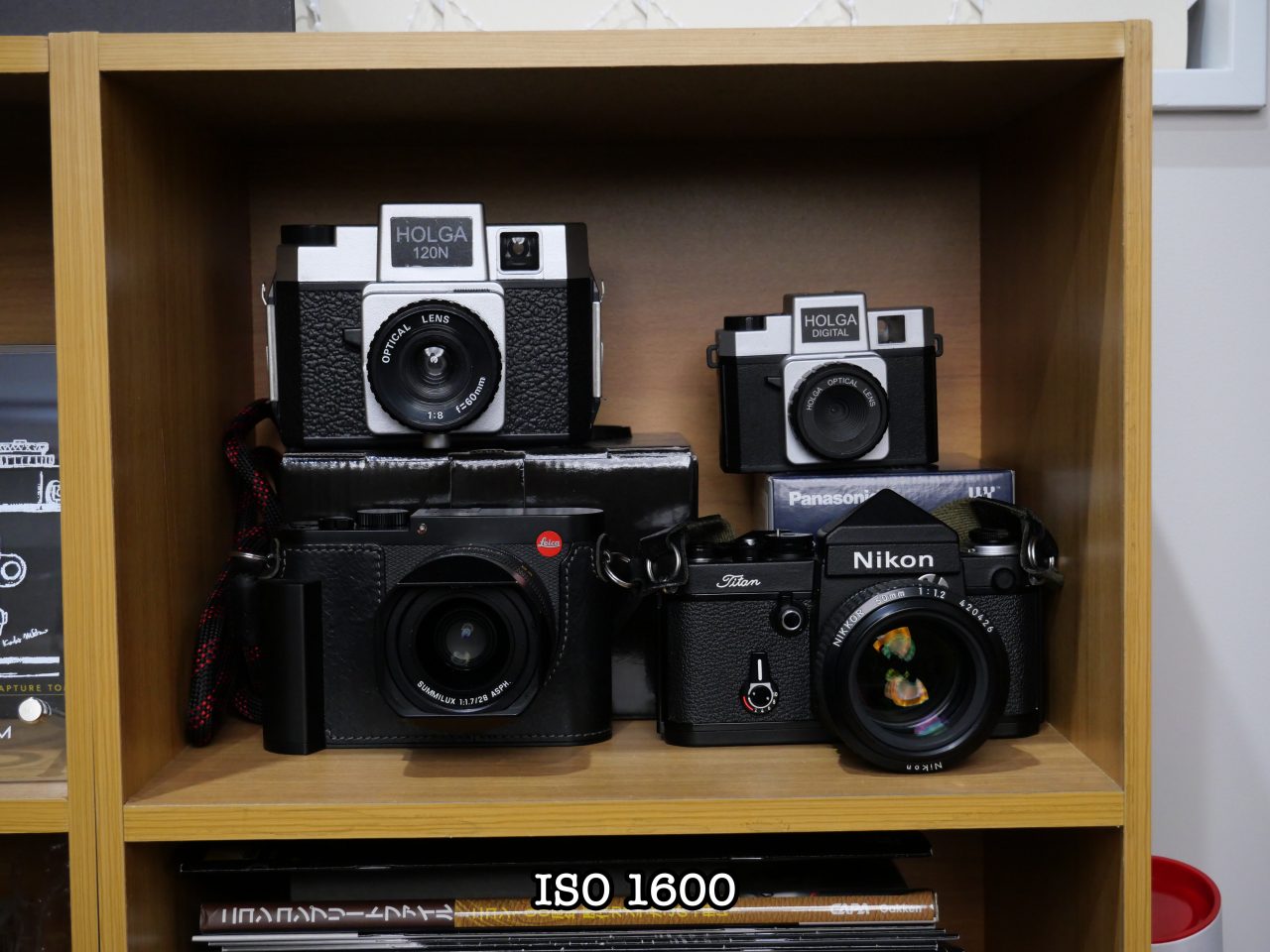
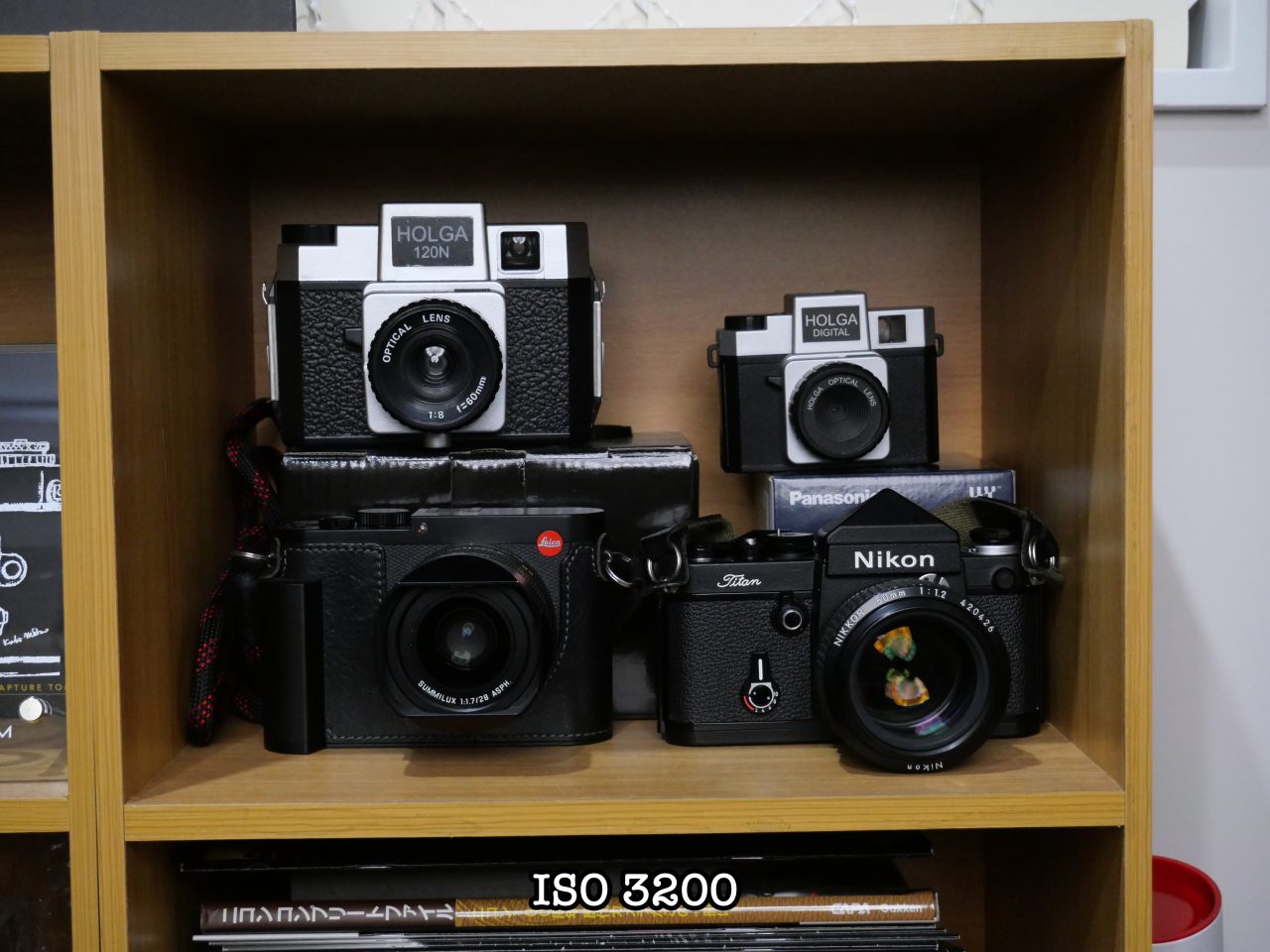
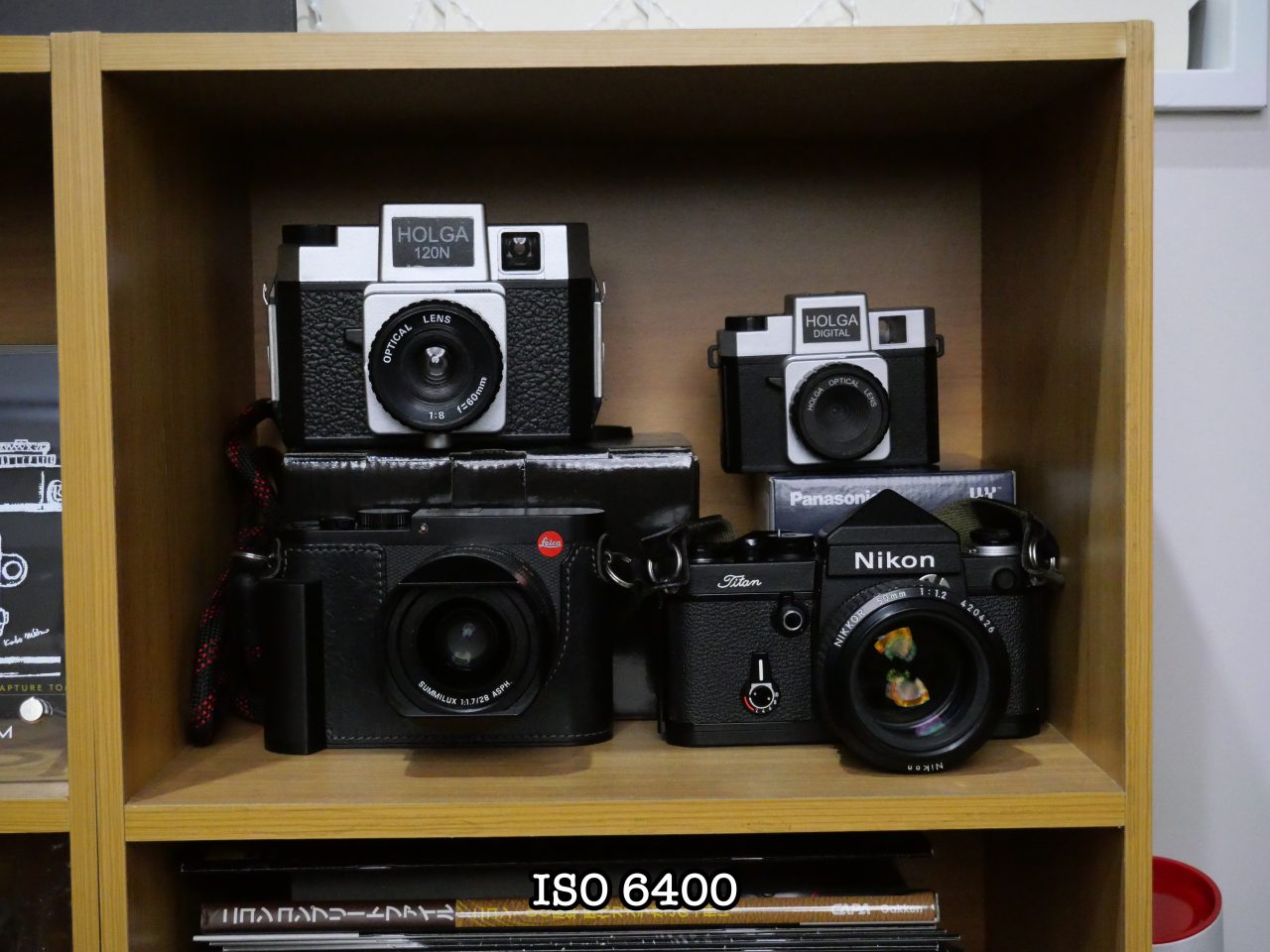
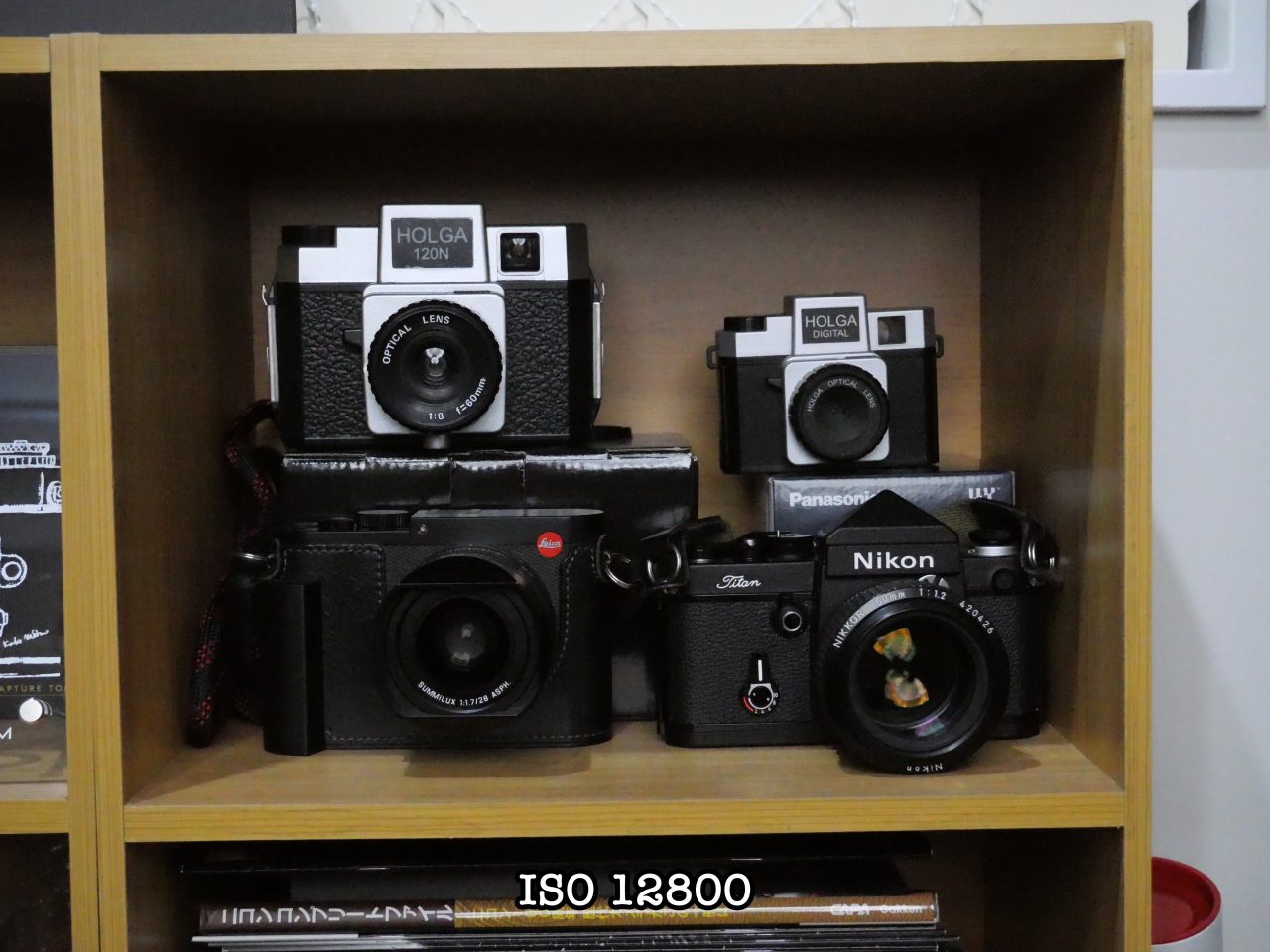
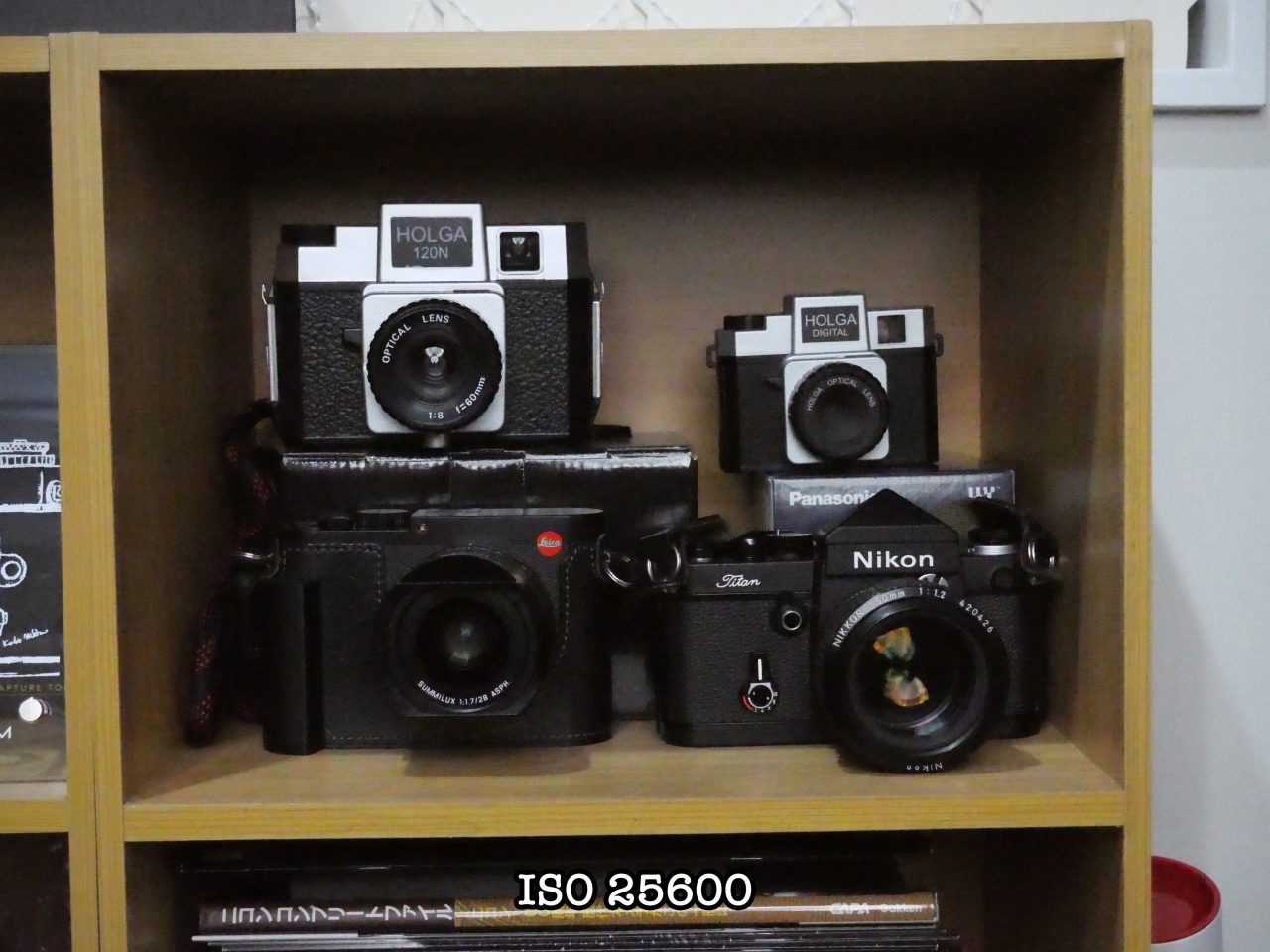
Below is 100% crop comparing the G85 with G95, G95 image is normalised (resized) to match G85’s resolution:
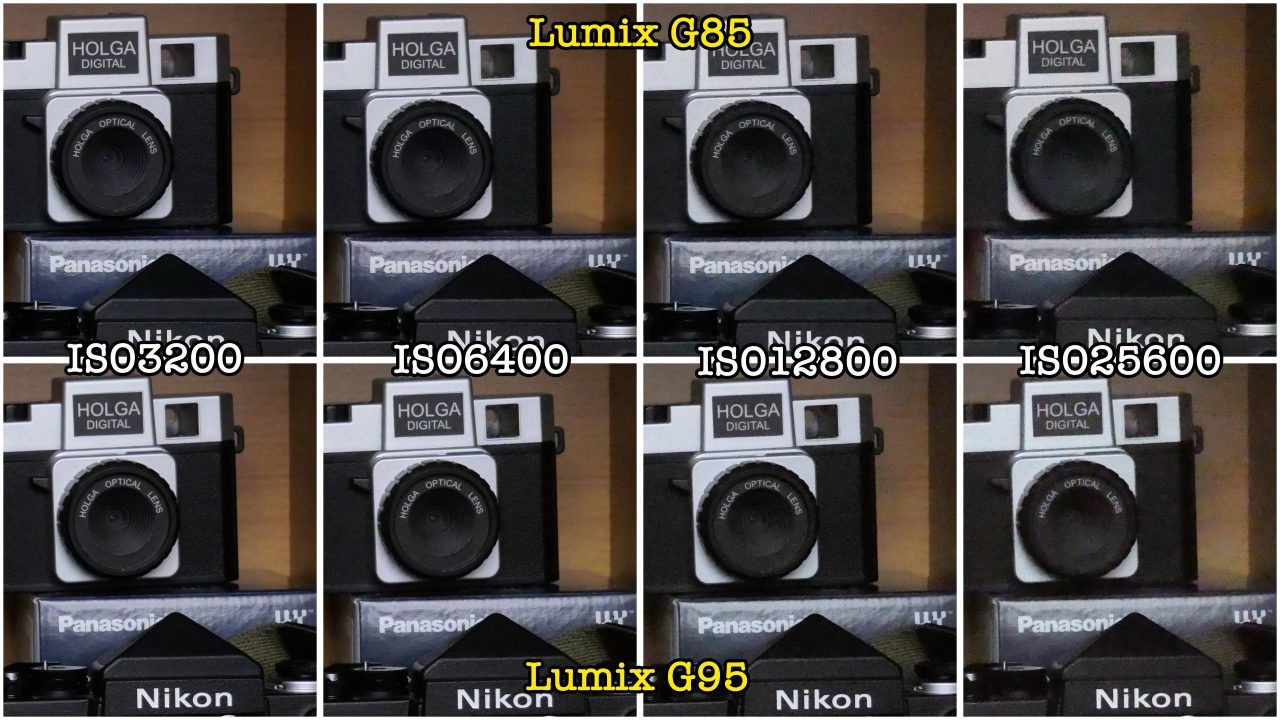
Image Stabilisation Test (Dual I.S.)
Factory claimed up to 5 stops of image stabilisation. Below is my test result.
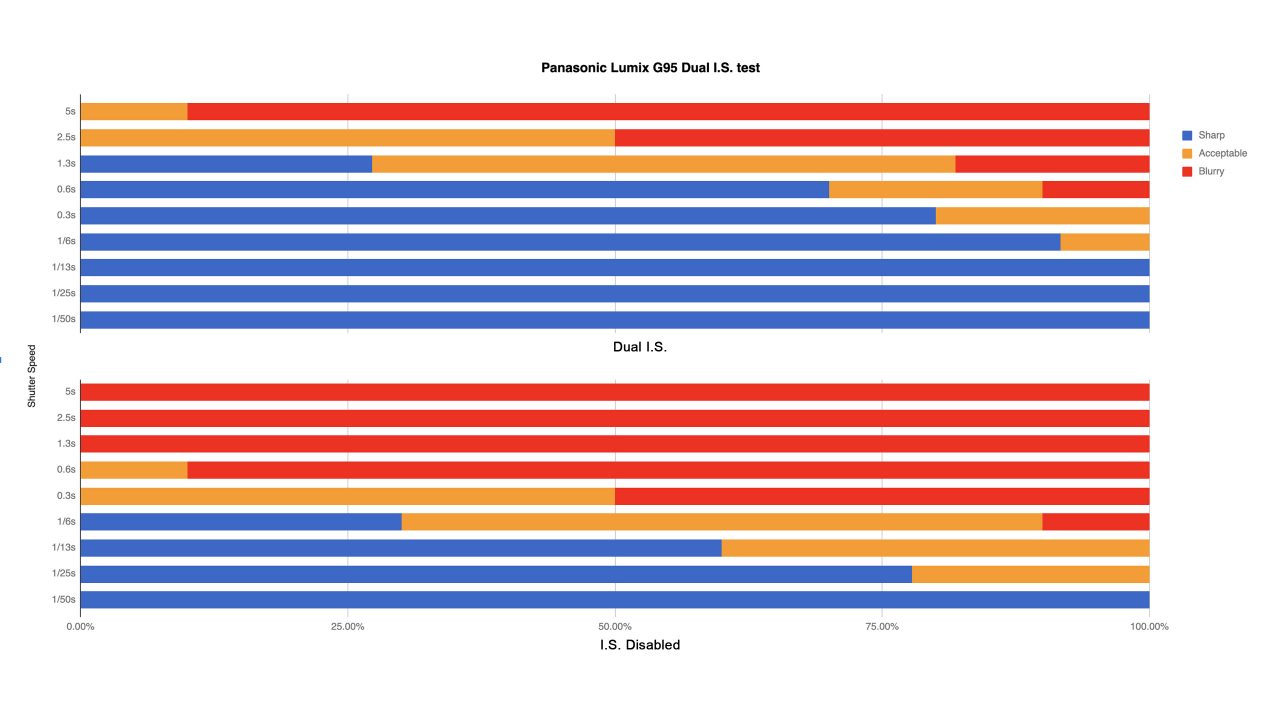
It is around 3-4 stops effective, a bit lower than the factory figure. But this is consistent with my other I.S. test results, which is usually 1-1.5 stop lower than the factory rating.
Live View Composite Mode
Live View Composite mode allows you to capture long exposure photo by only blending in the brightened area of the scene. This is great for capturing light trail without over exposing the rest of the scene that you may do when doing long exposure (e.g. just after sunset) as the dark area remains dark no matter how long your exposure is. The other advantage is that you can also preview the results during the exposure so you can stop when you get just the right amount of light trail in the photo.
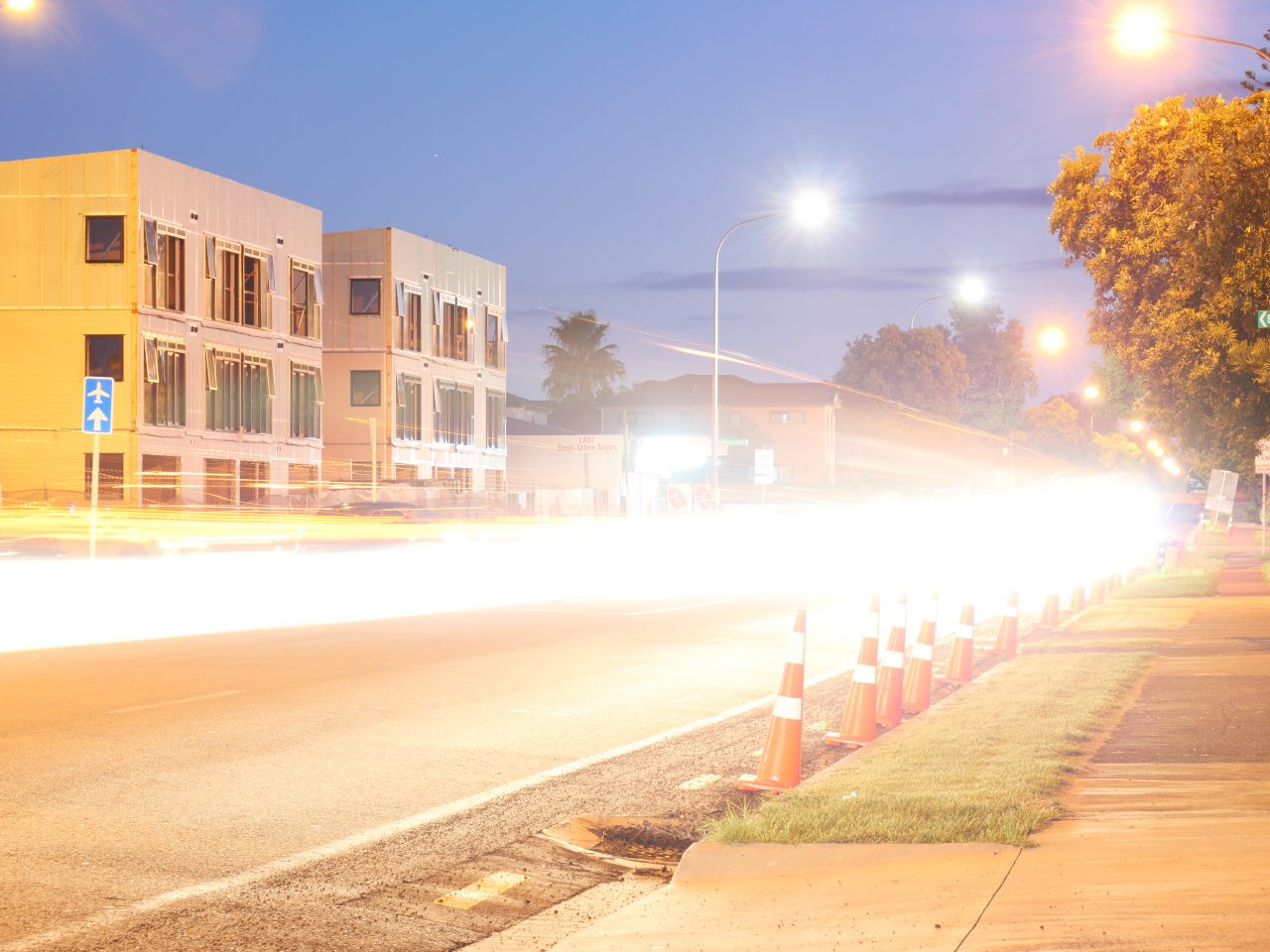
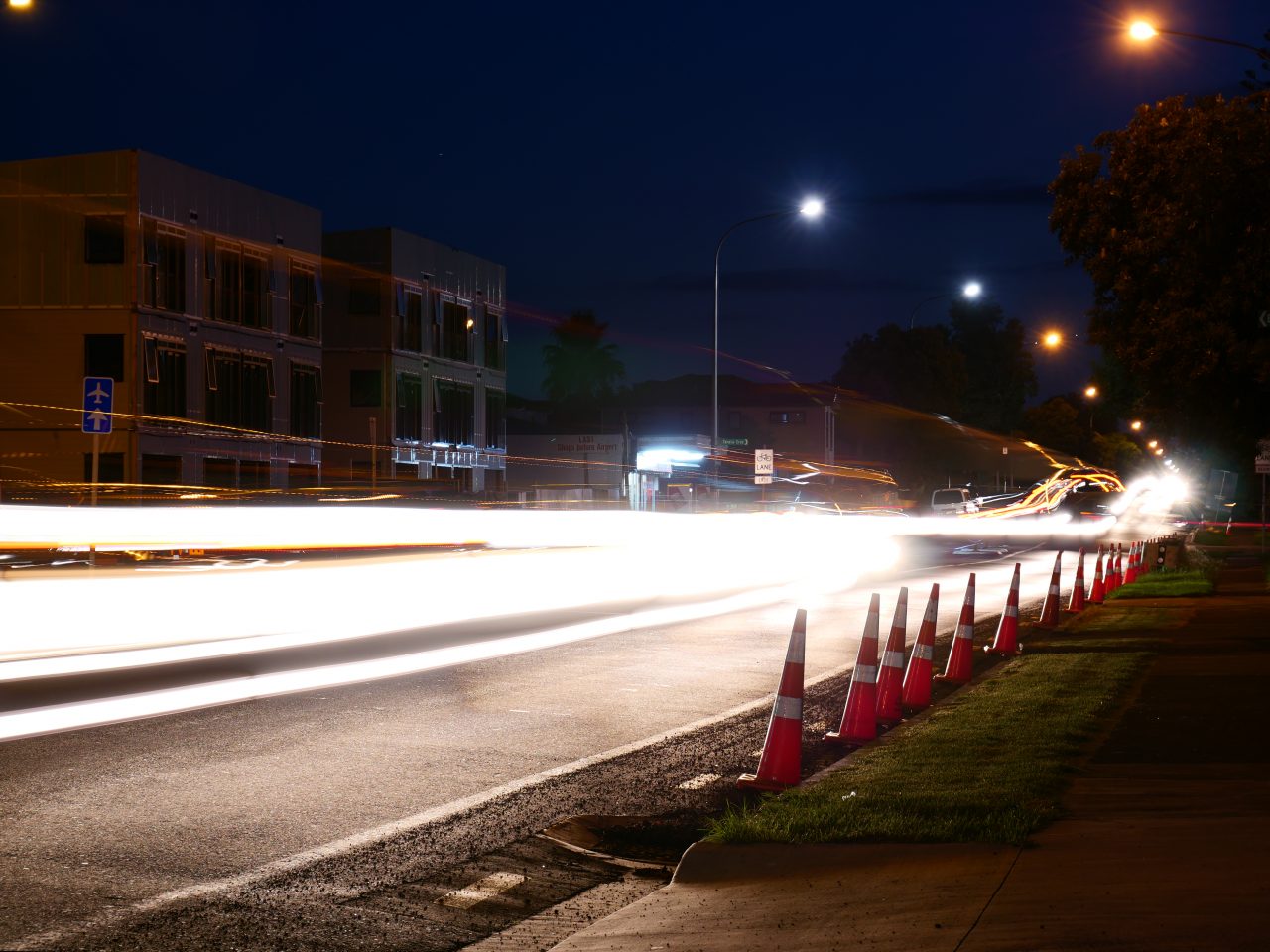
Video Recording
G95 can shoot 4k video up to 30 frame per second, with no length limitation.
V Log-L picture profile is included and pre-installed with the camera.
Panasonic also added slow motion video capture capability to the G95
Conclusions
With no dramatic departure or changes from the successful G85, the Panasonic Lumix G95 is an evolution of the Lumix G series family, a very nice evolution. There is something new and useful upgrade for almost everyone, no matter you are a photographer, videographer, vlogger, beginner or more advanced users.
The new 20MP sensor, improvements in JPG engine , the improved continuous autofocus and also the few changes in body design means it is an all round better camera. The best thing is the body size and weight is still pretty much the same so it’s compactish size makes it an excellent choice as a travel stills and video camera and it could also be the best vlogging camera in the market.
Sample Photos
(All photos in this review are unedited JPG straight from the camera shot using the Lumix 12-60 f/3.5-5.6 or Lumix 14-140mm II kit lenses)
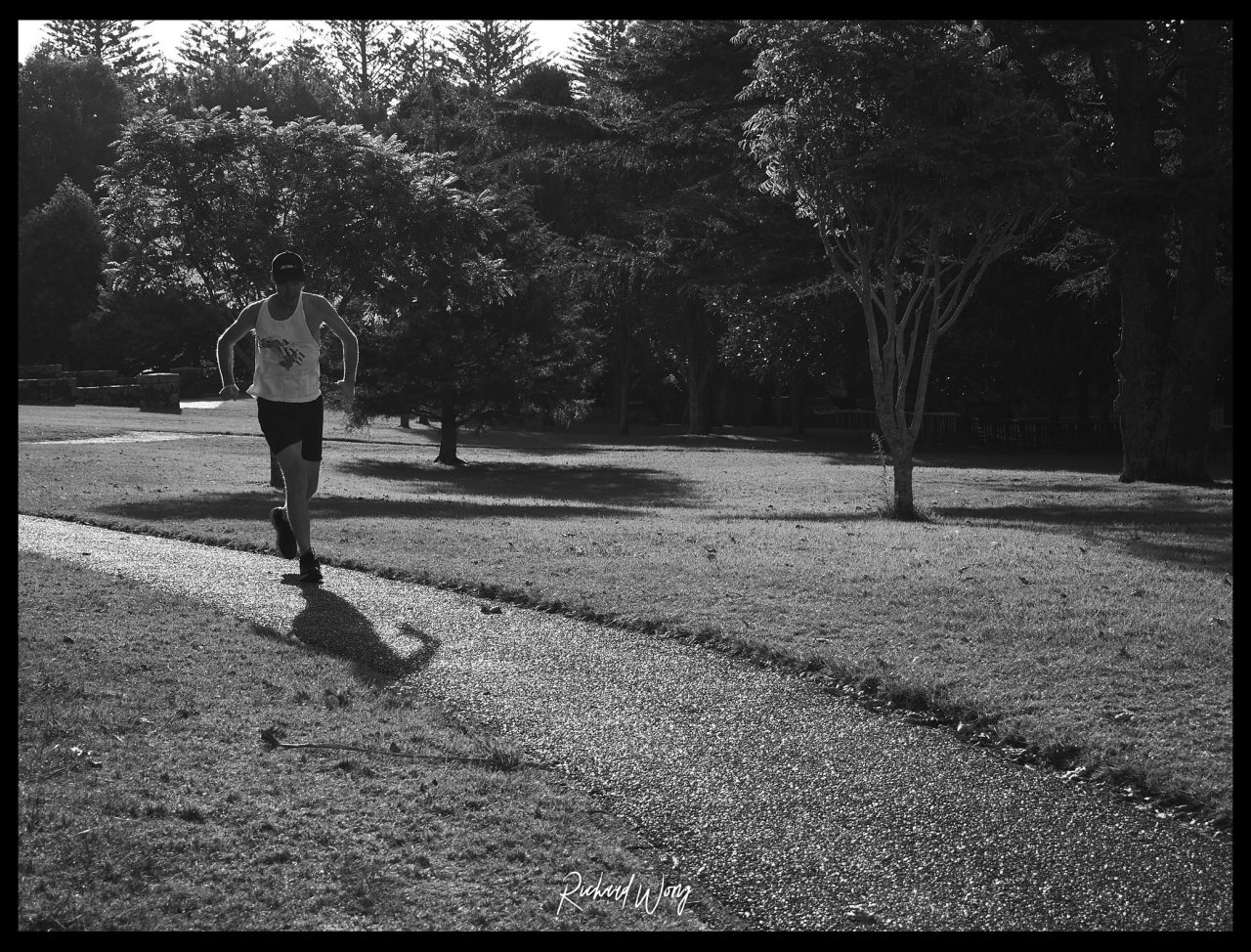
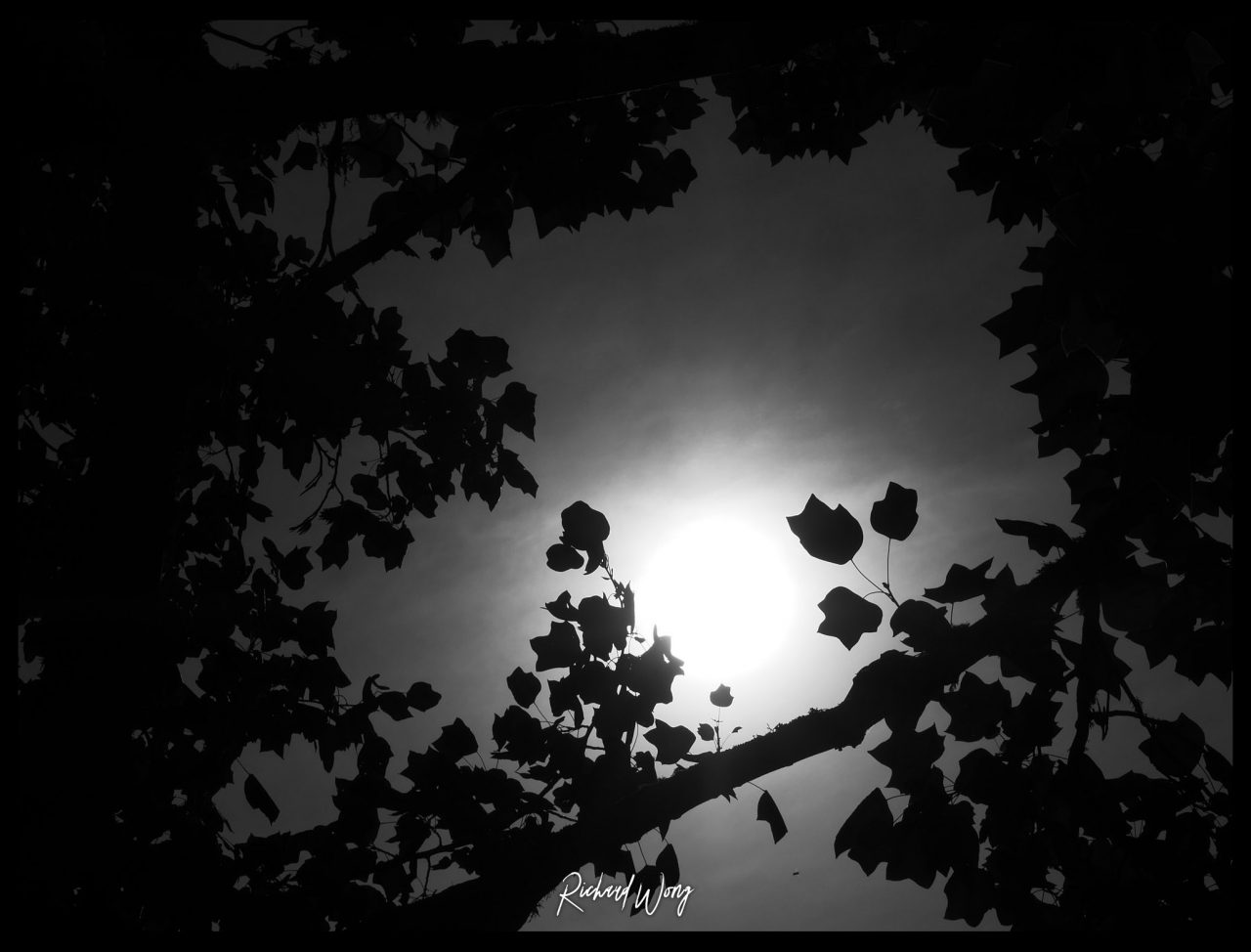
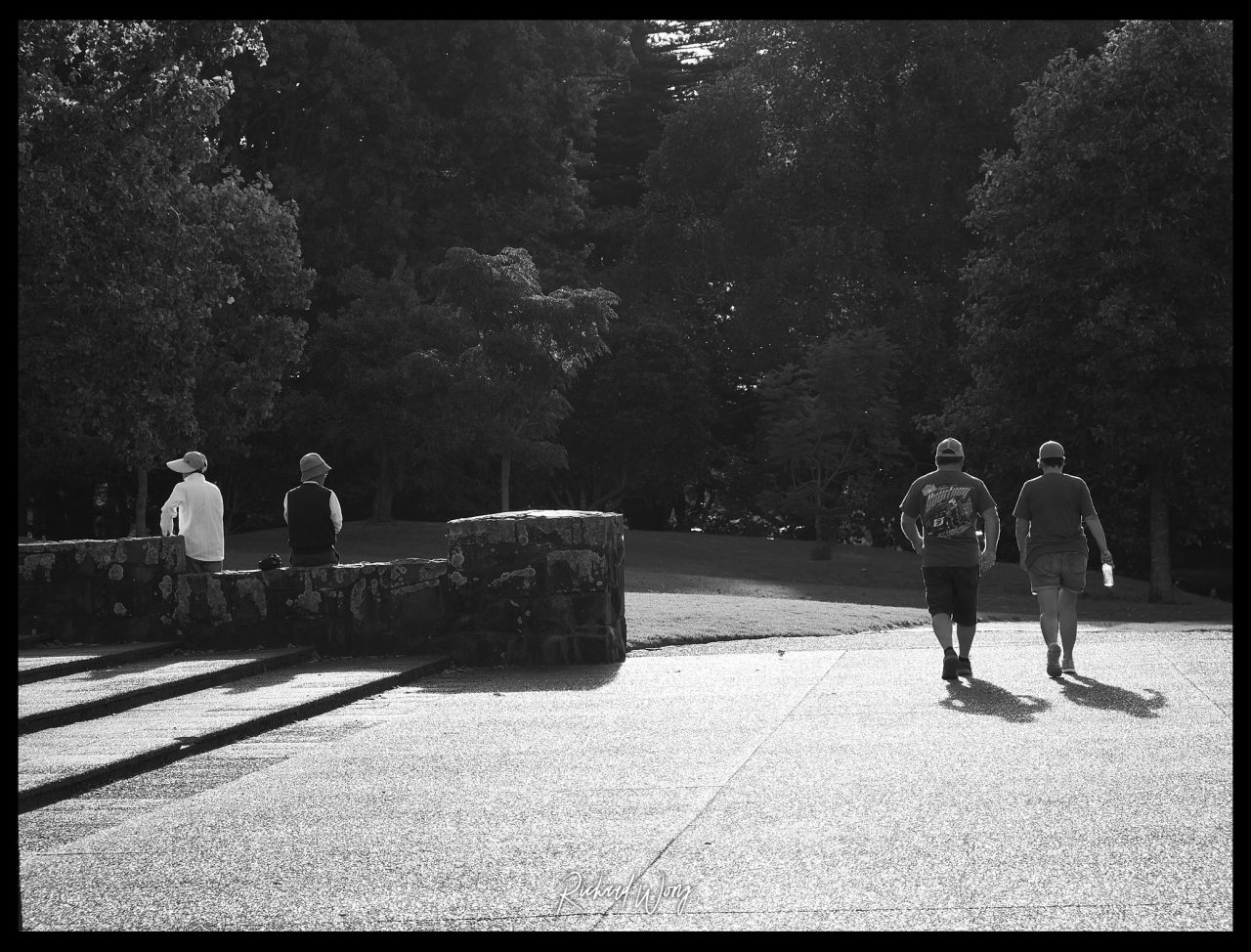
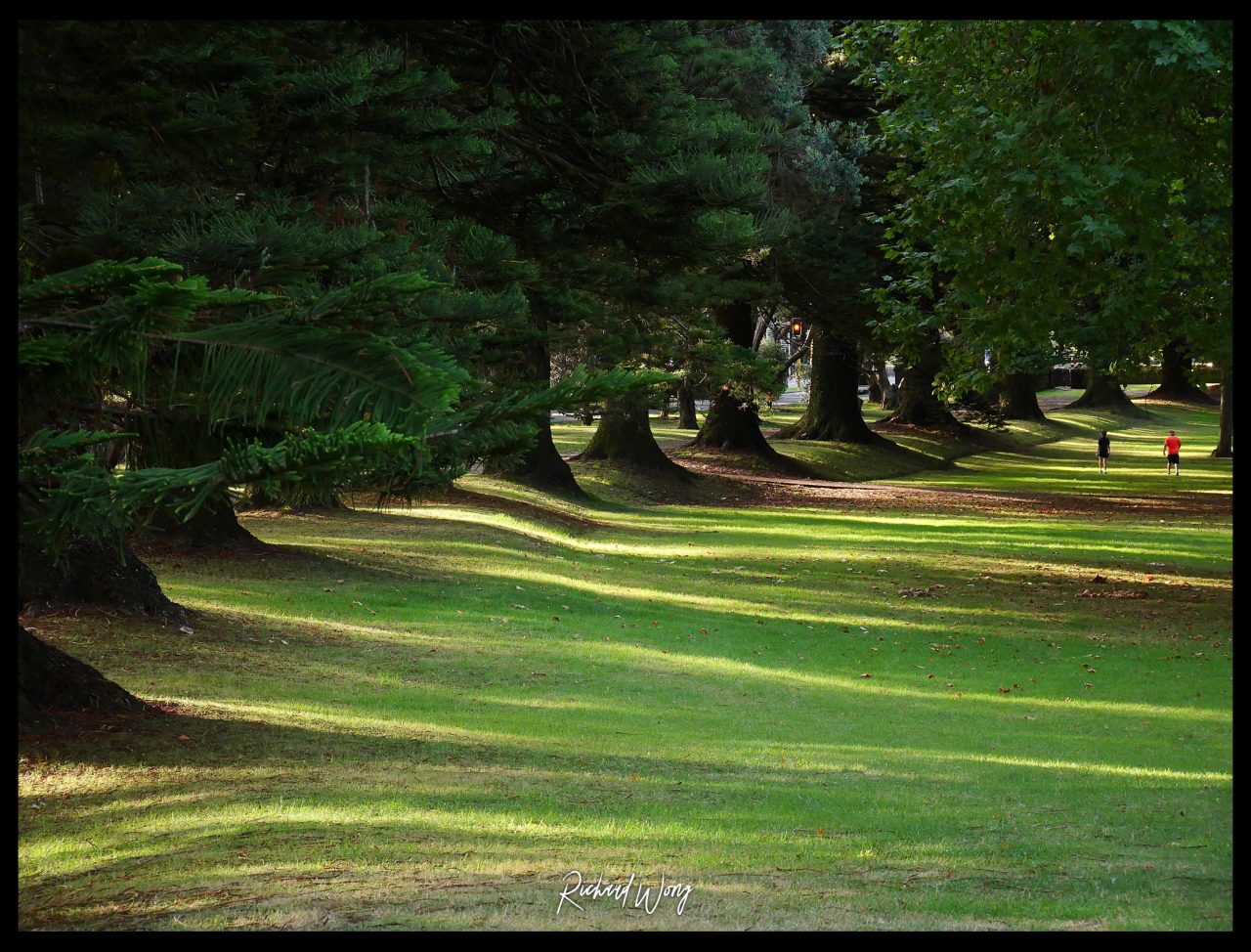
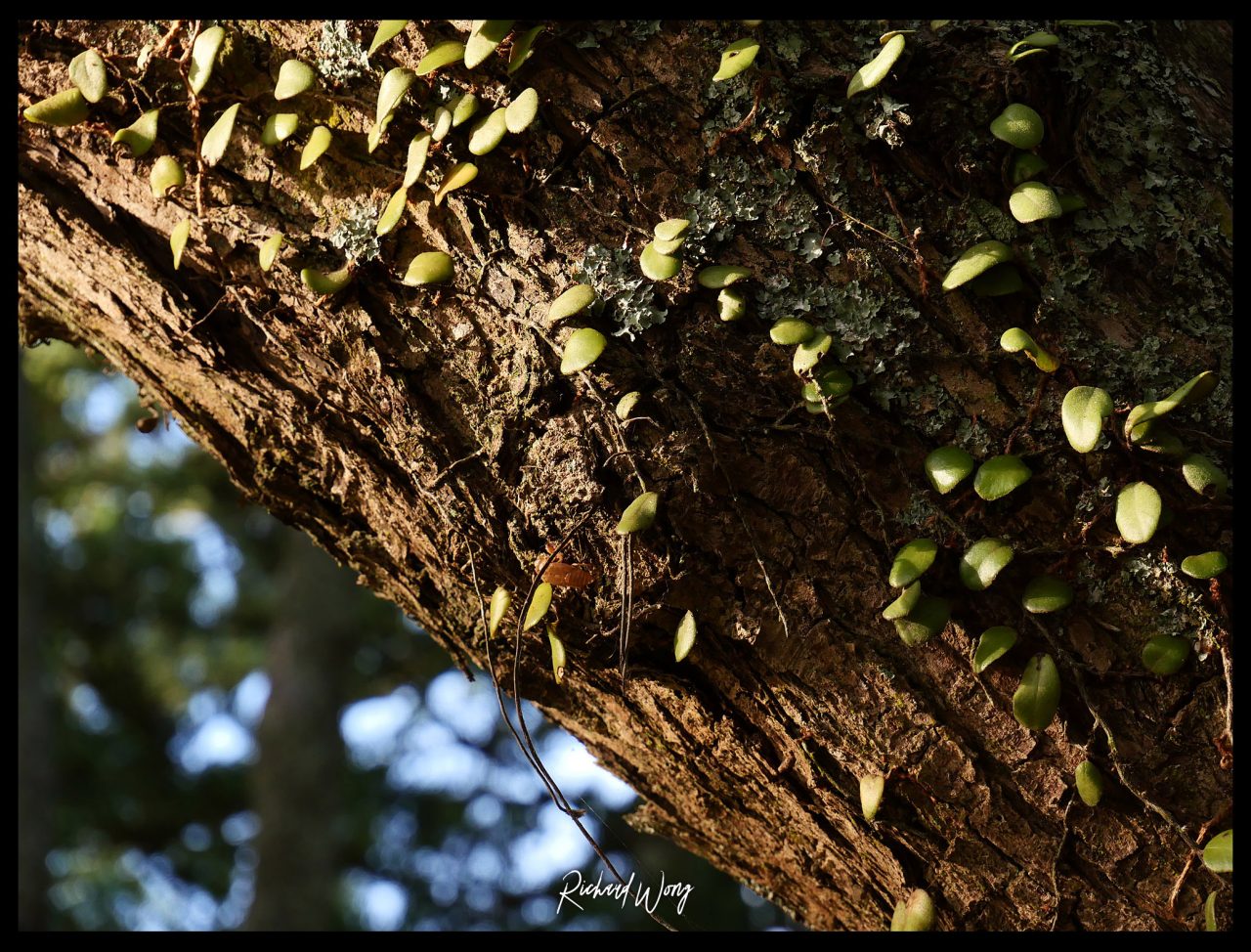
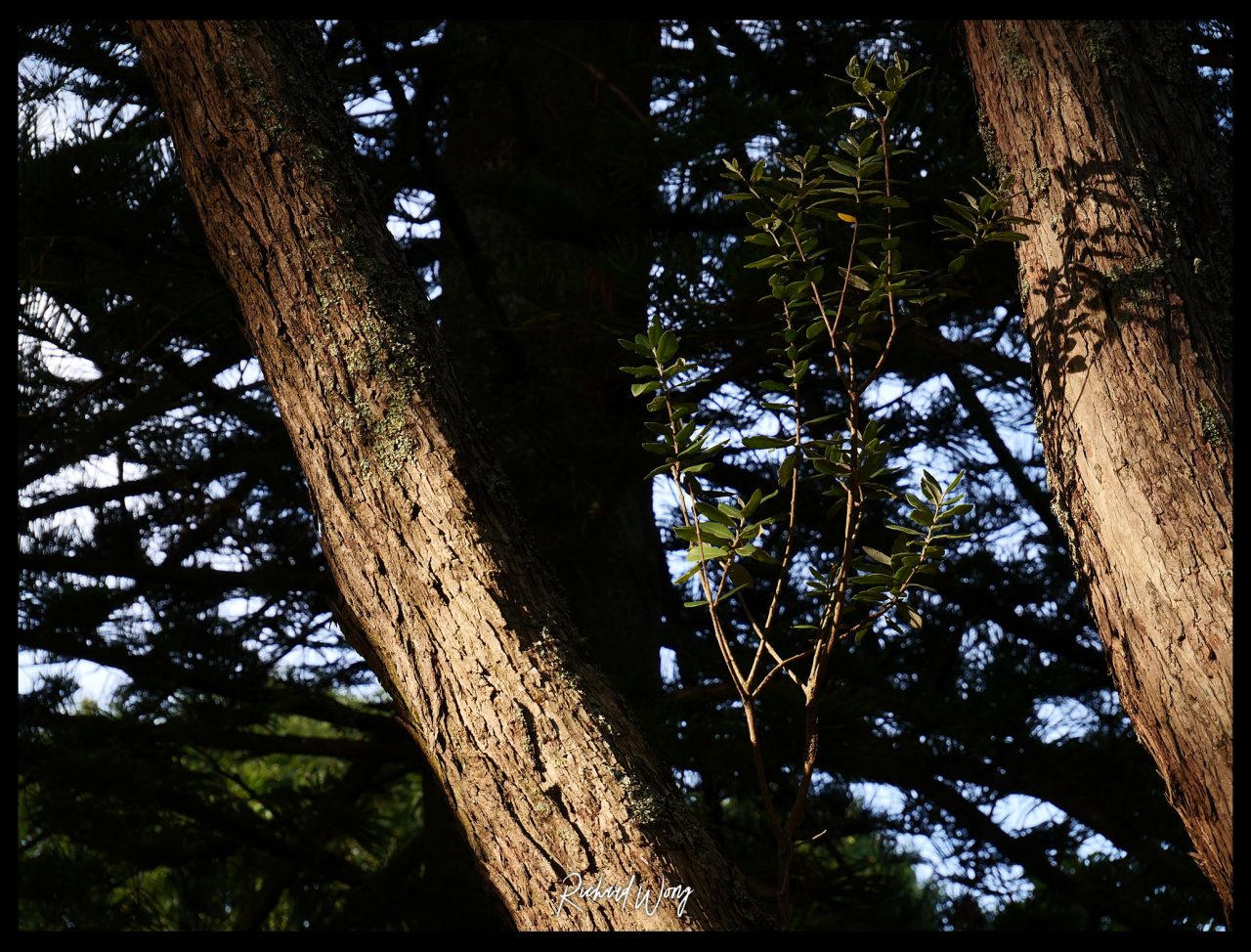
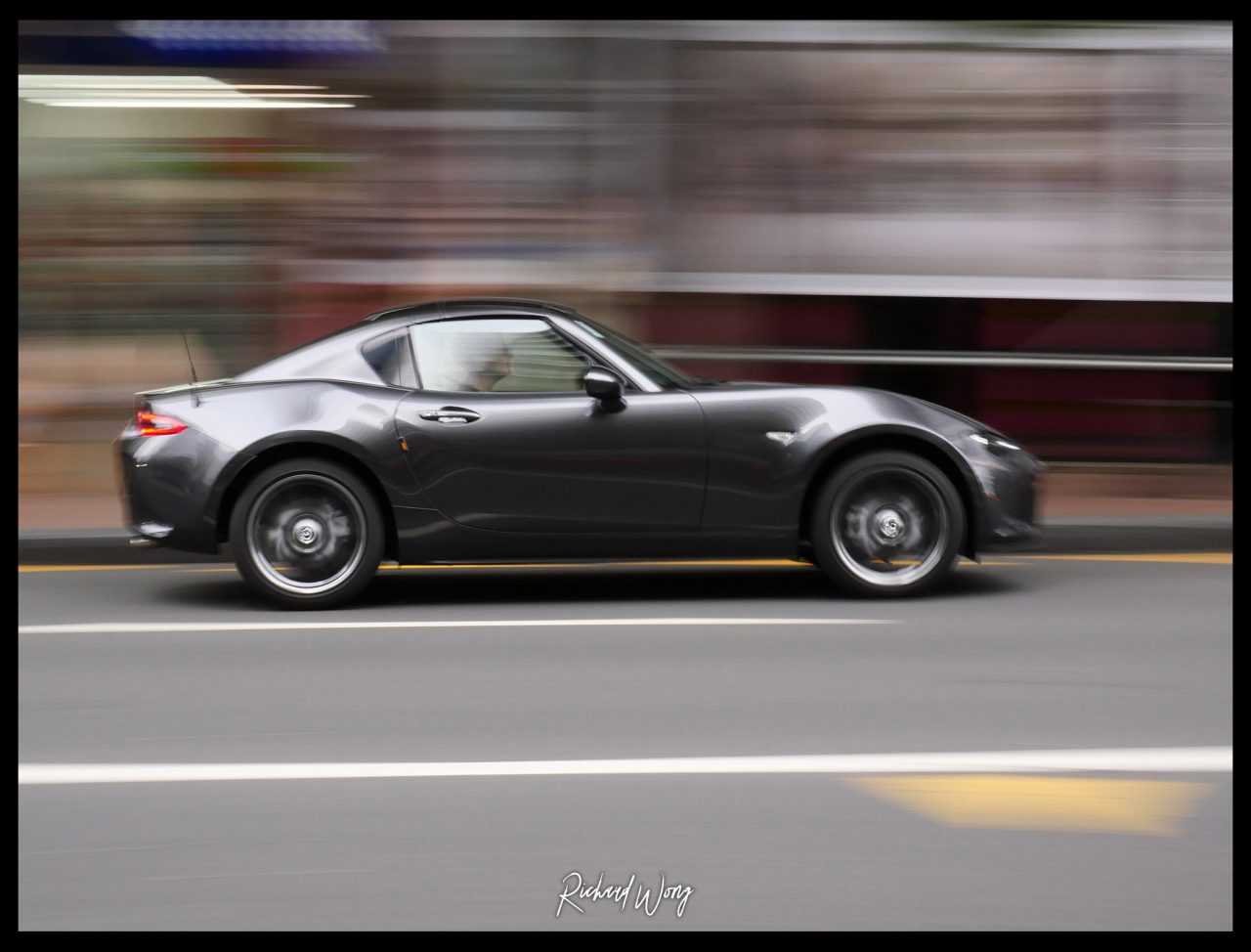
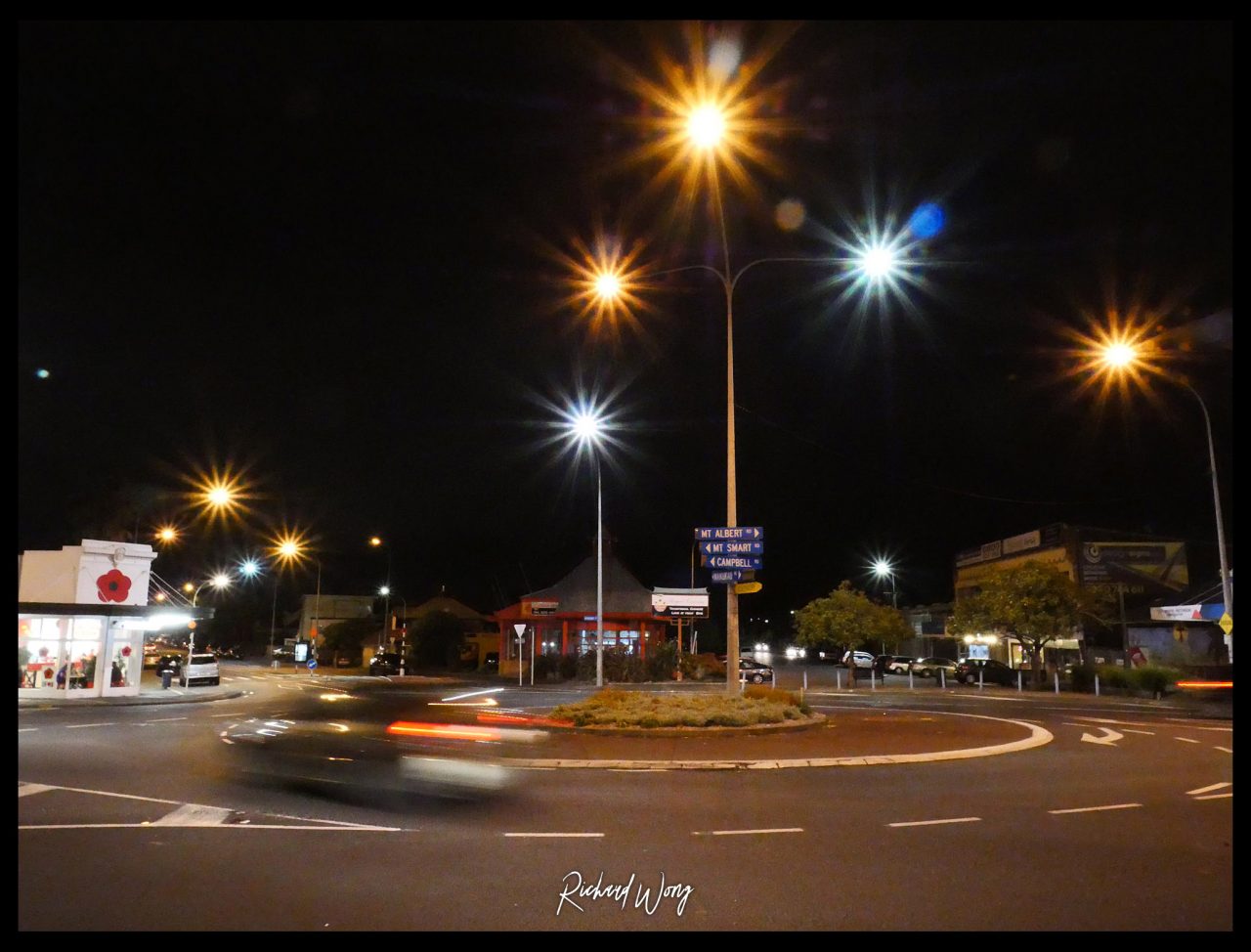
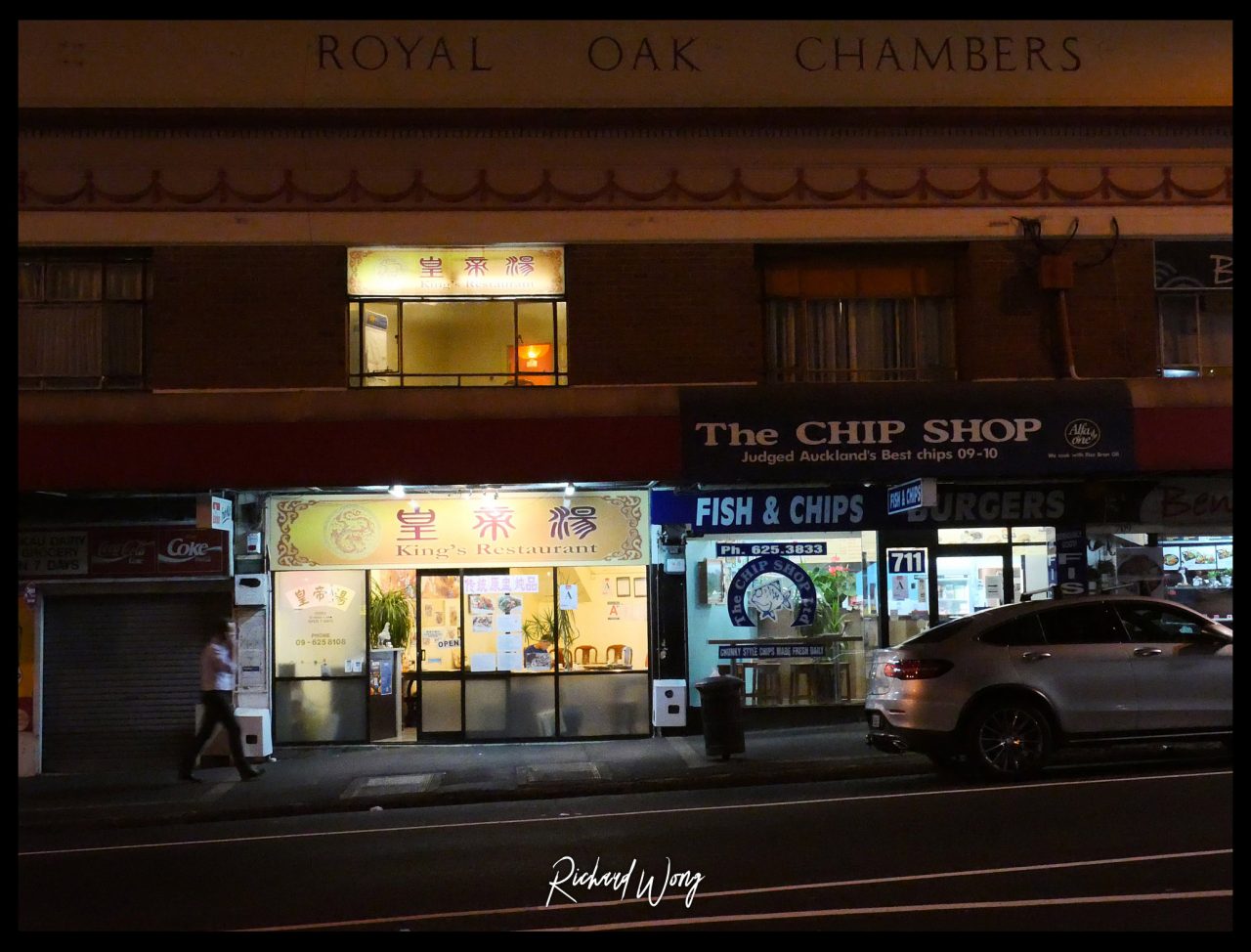
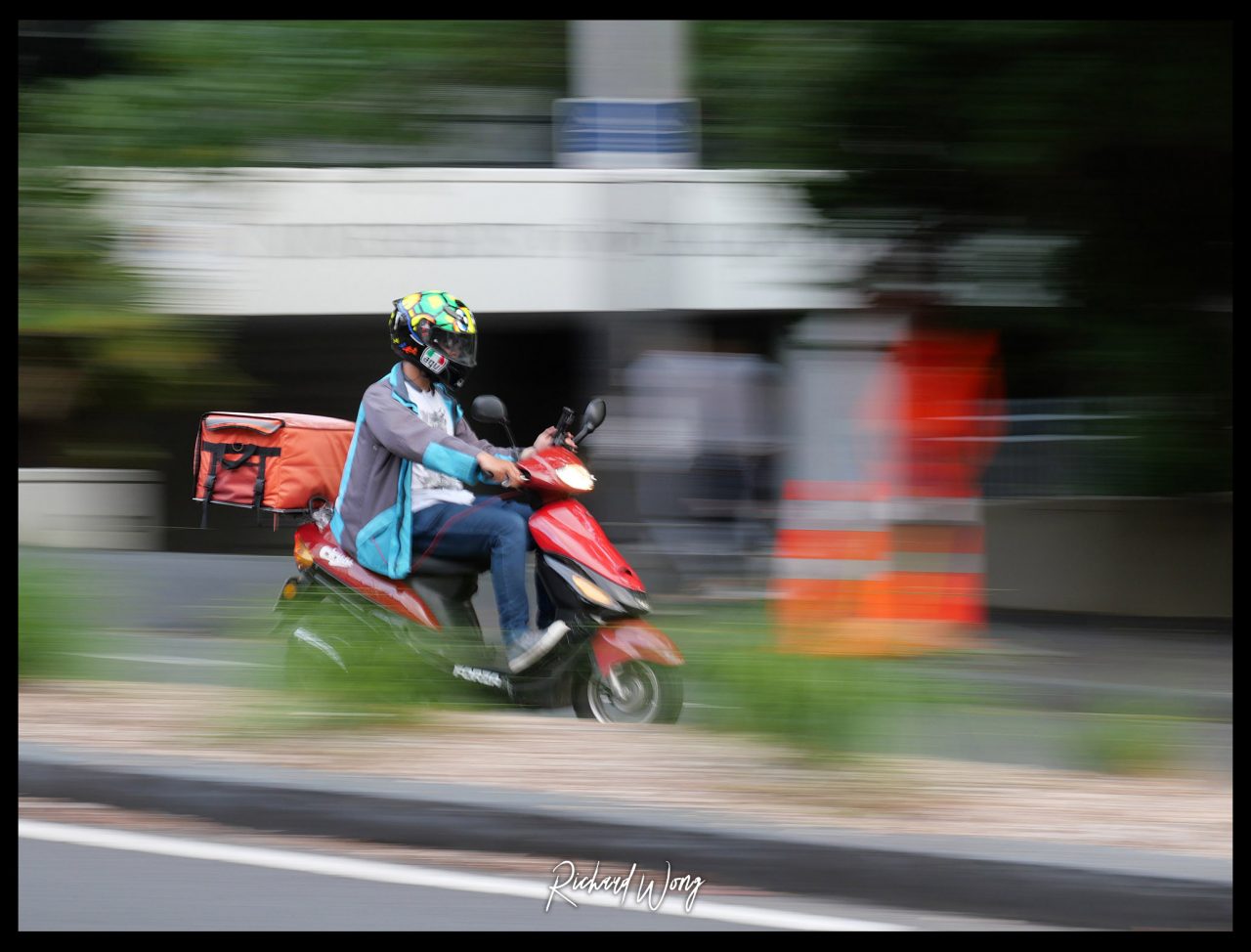
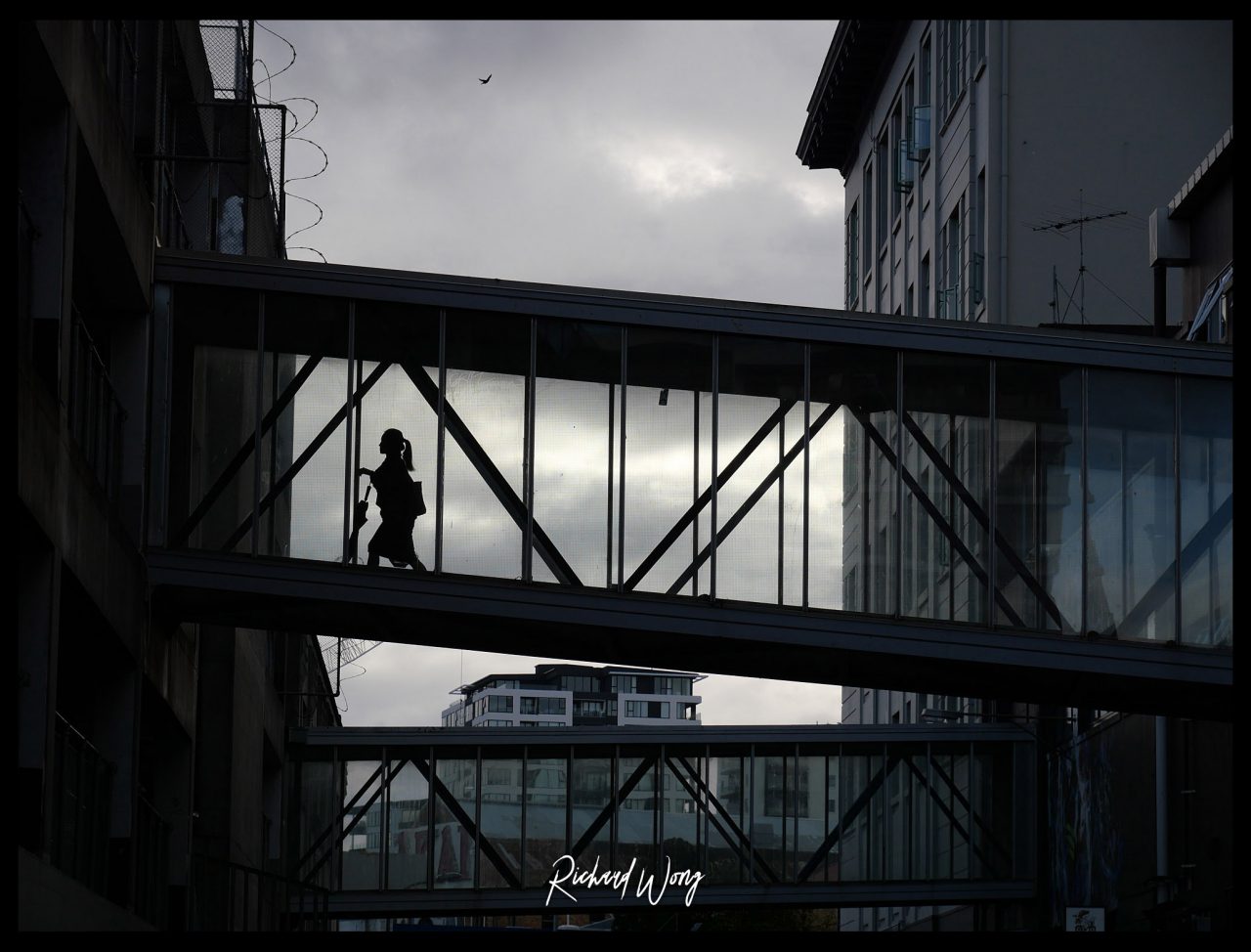
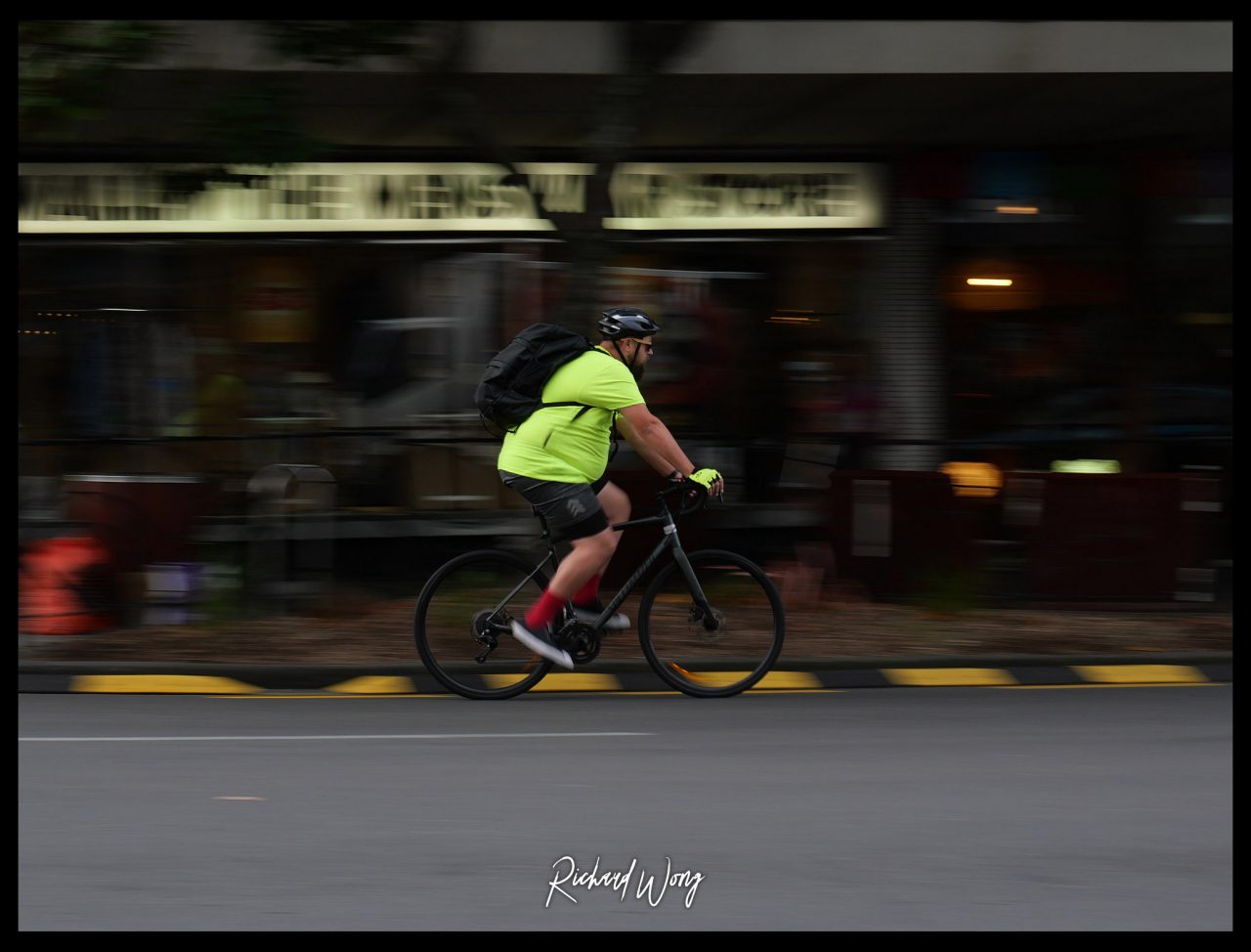
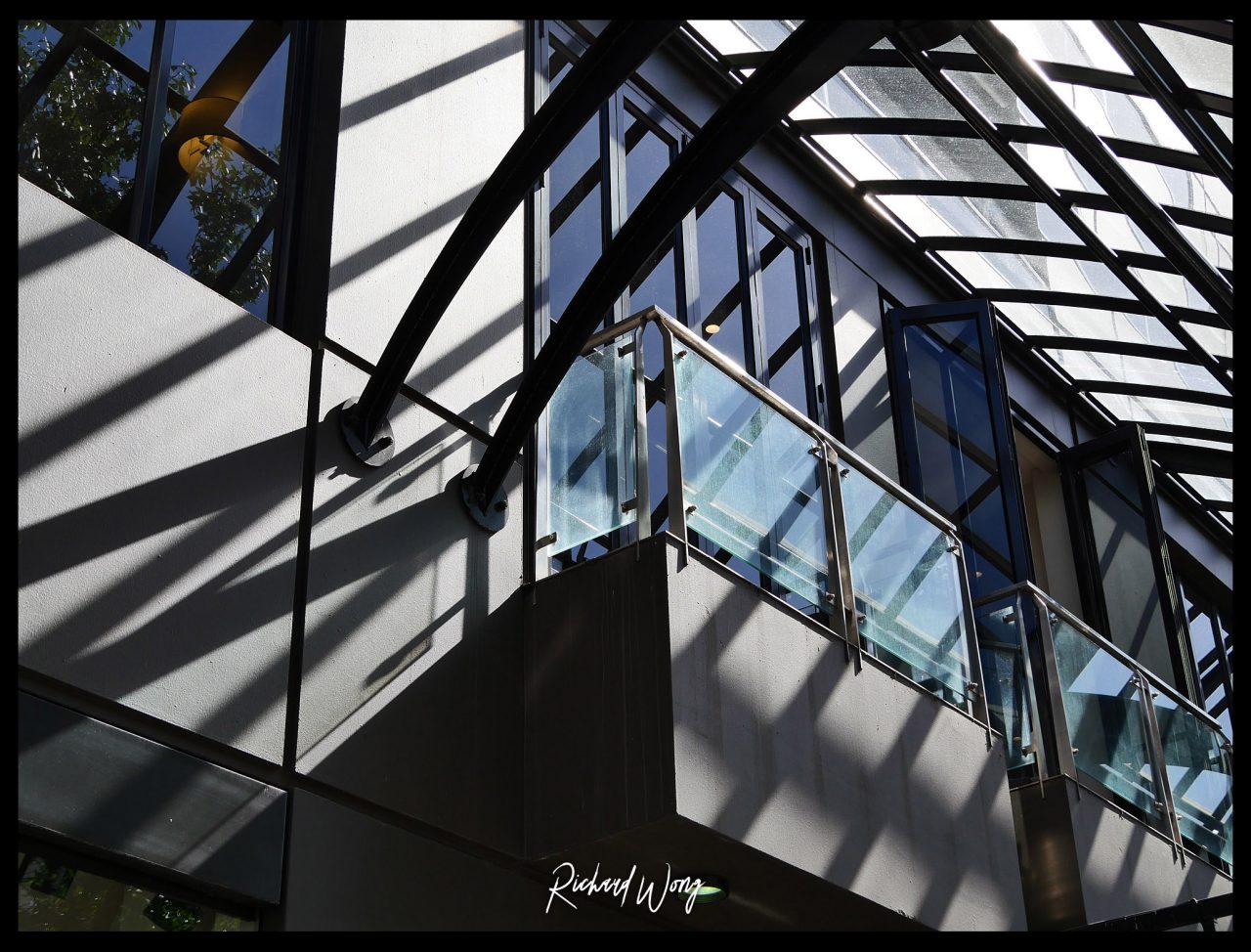
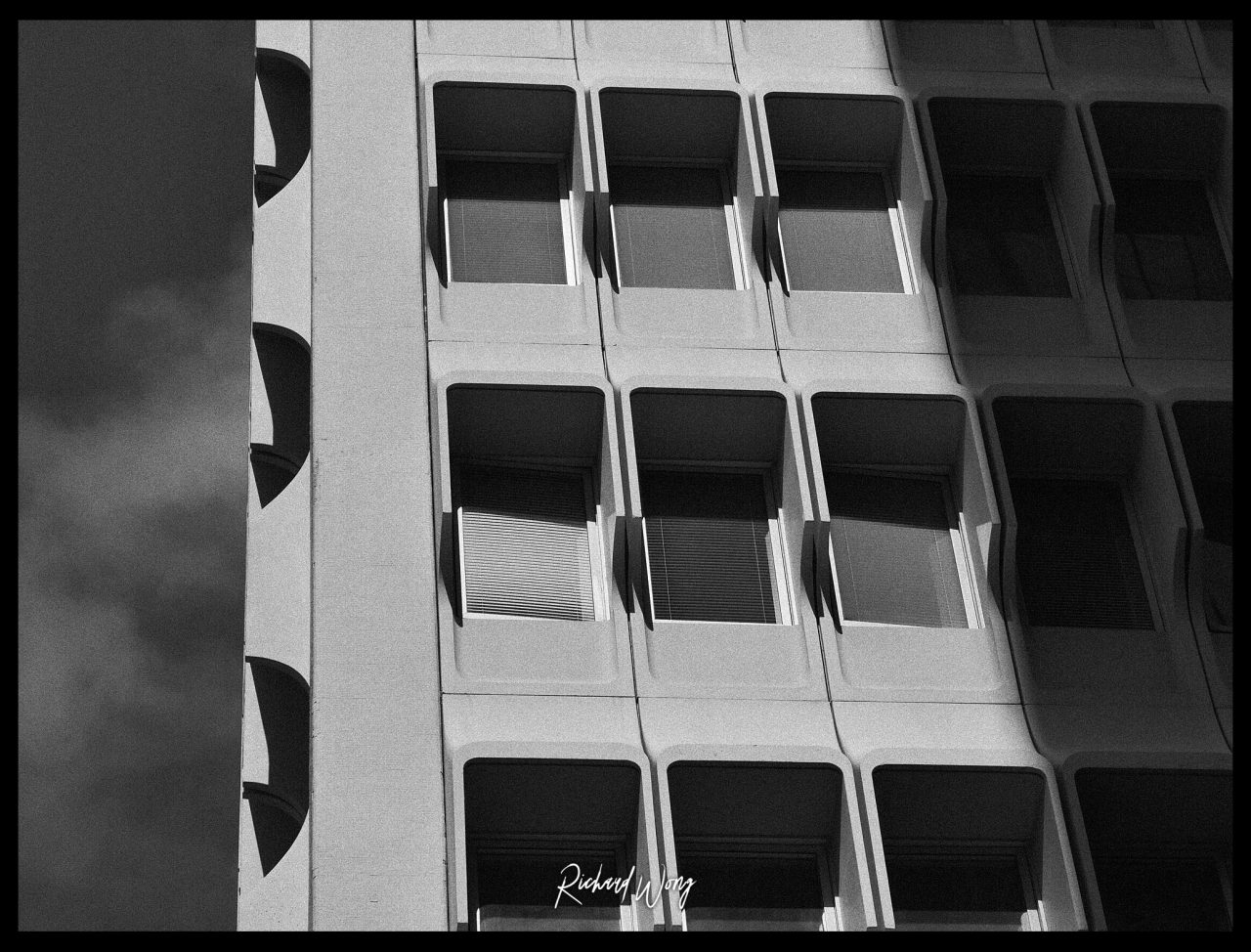
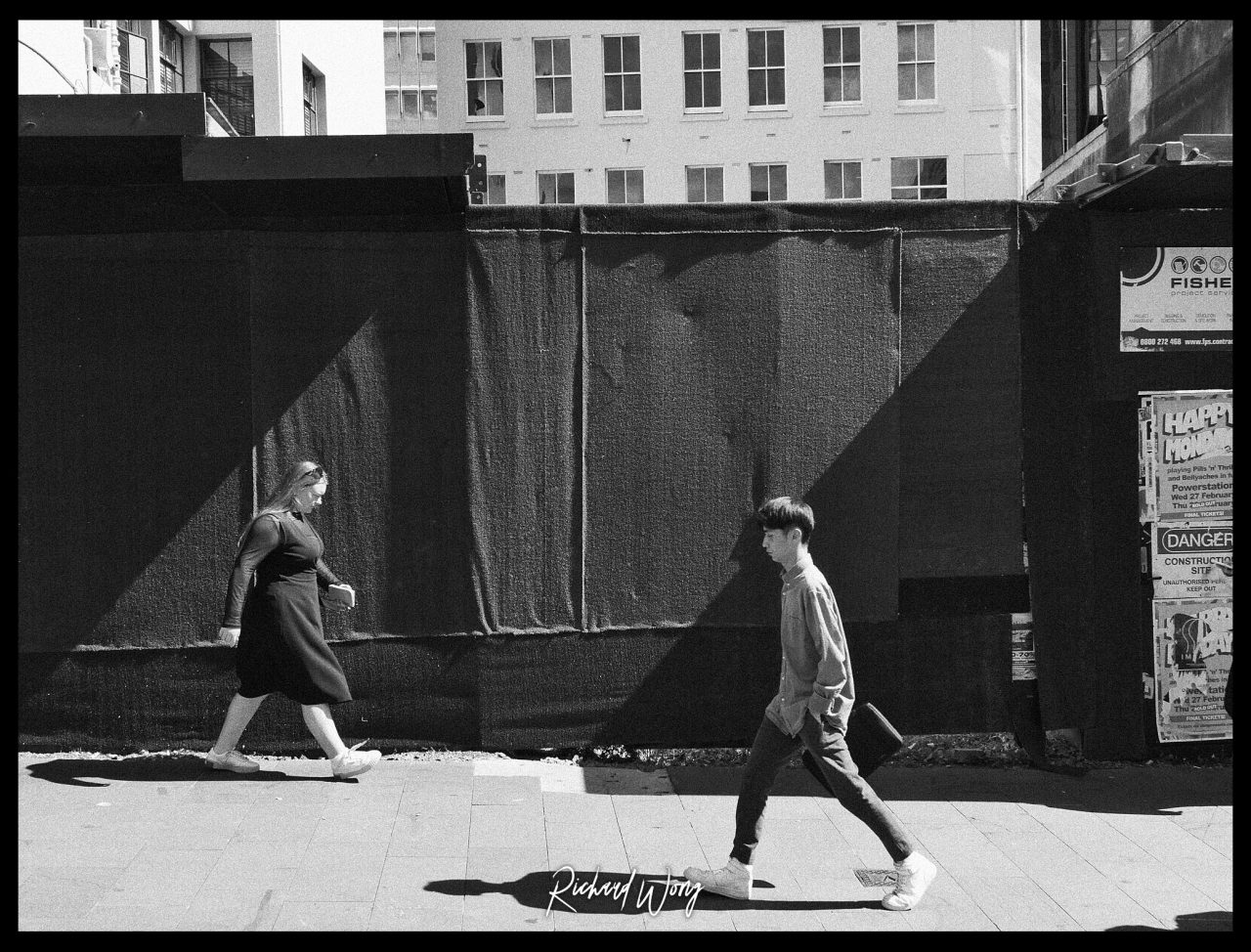
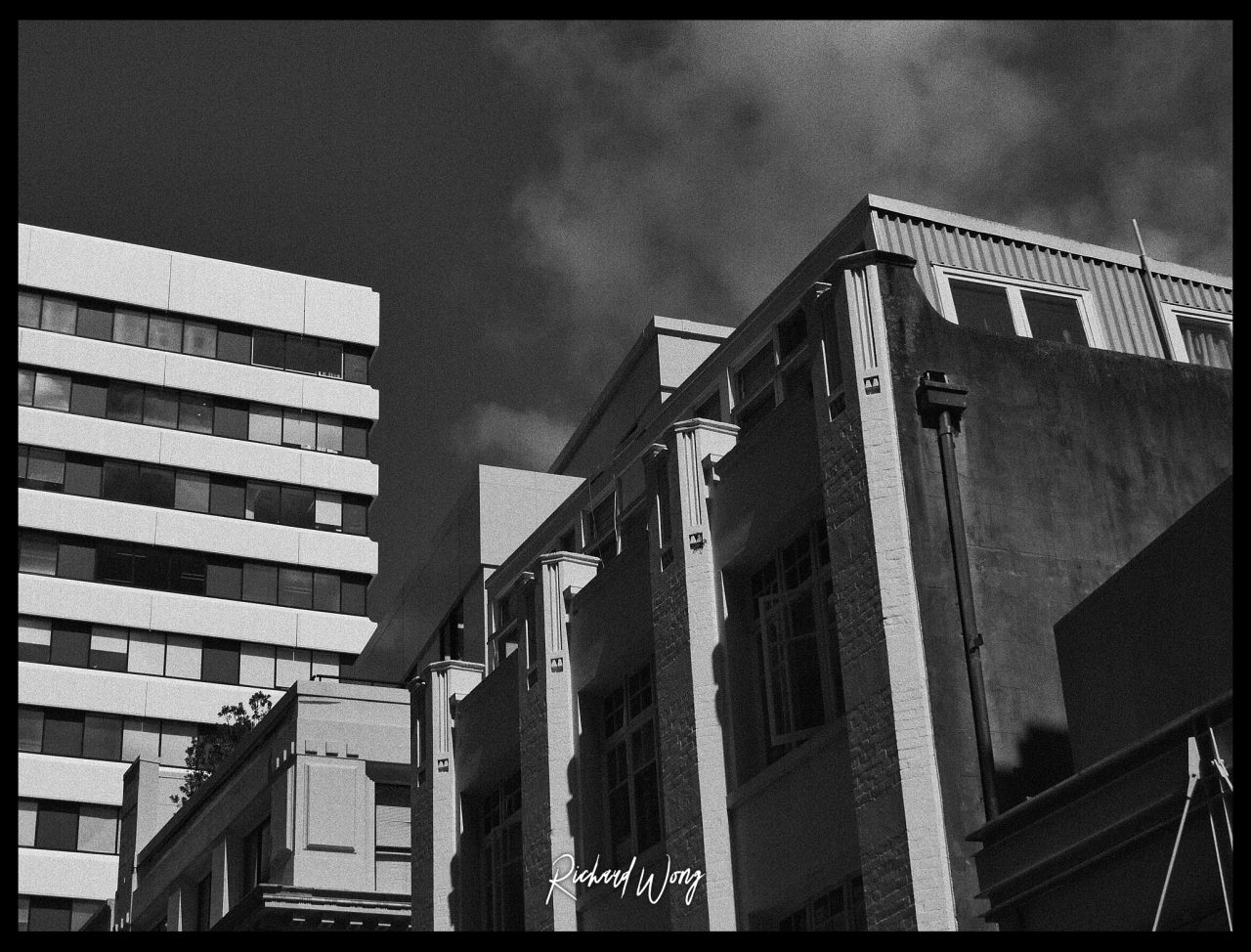
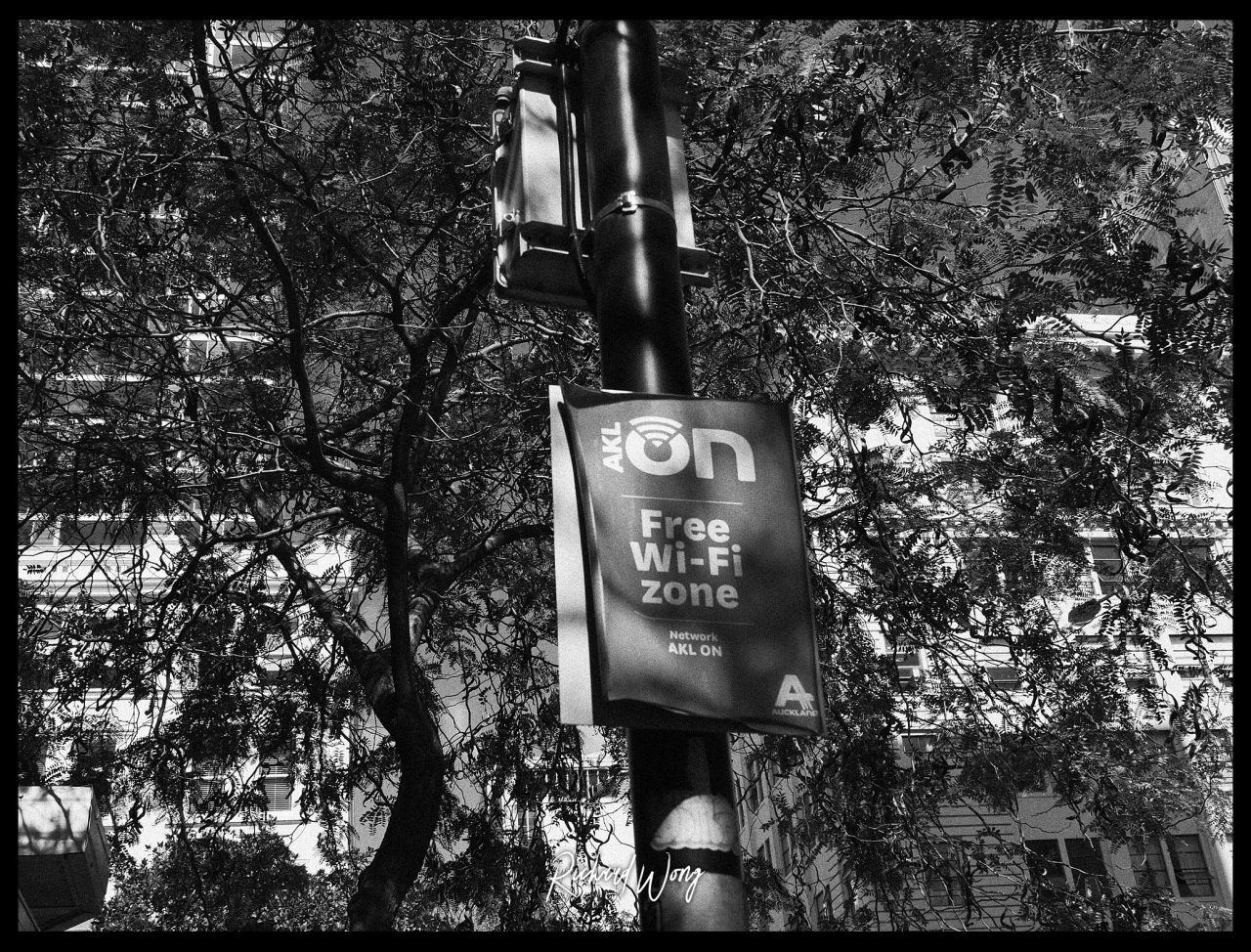
Comments are closed.